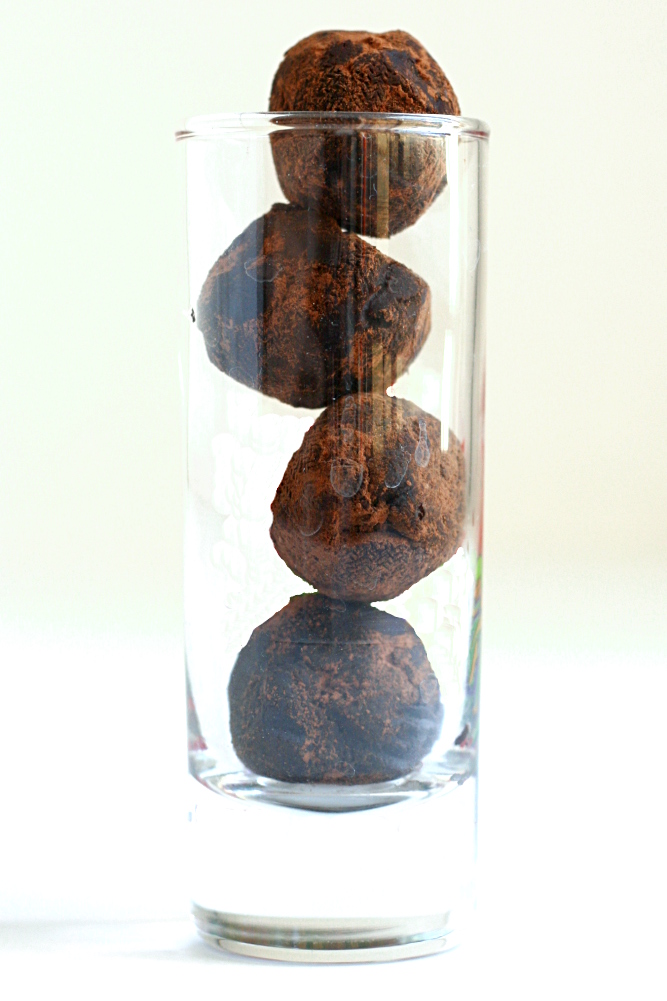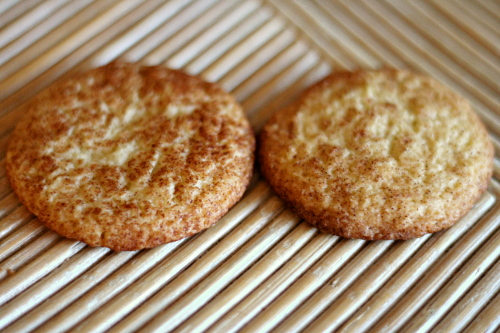
Uh…sorta forgot to write down which cookie is which, but, does it really matter? They’re just about identical.
I don’t cook with shortening. I just don’t. Look, I know a tablespoon here or there isn’t going to kill me, but my granola-like reasons go beyond my health. For one thing, it kind of grosses me out. Mmm, chemically solidified oil, yum. No. Also, and here is where I really start to sound like a crazed liberal, but I try to vote with my dollar. So if I don’t like how a product is produced or what the product stands for, I try not to buy it.
Besides, shortening isn’t any good. Its only advantage is it doesn’t melt as easily as butter, but if you know how to work with butter correctly, that isn’t an issue.
I absolutely don’t judge you if you cook with shortening, okay? To each his own. I’m fully aware that I’m being stubborn and probably impractical. If I was at your house and you made a light, flaky pie crust with shortening, I would absolutely eat it and enjoy it. And heck, good for you for not being as close-minded as I apparently am.
So. When I saw that Cooks Illustrated requires shortening in their snickerdoodle recipe, I had my doubts. Yes, maybe the cookies would spread just a tiny bit more if they’re made with only butter, but is it significant? To see how big of a difference the shortening would make, I made the recipe both ways and compared. (Yes, I had to buy shortening to do this.)
I made the dough and baked some immediately. I sent most of those away, but my initial impression was that the cookies were identical. I also froze some of each batch after forming it into balls, then toted in on a 9-hour drive for vacation, then refroze it, then defrosted it and left it in the fridge for a few days until I finally got around to baking it. Way to respect my food, right? Fortunately, they came out just fine.
There were four of us comparing the cookies, and the others didn’t know which cookie had shortening and which used all butter. Here are some of the comments:
- Shortening: uniform texture; dry; generic; tastes storebought
- All-butter: buttery; delicate; firm edges, soft middle; tastes like a snickerdoodle should taste; better
Are those conclusive results or what? Also, I didn’t see an issue with the all-butter cookies spreading. But in the interest of full disclosure, one of my friends didn’t really notice a difference between the two, so while the all-butter cookie did undoubtedly have a better, more buttery flavor and the other tasted a little flat in comparison, the difference isn’t huge. Both cookies were good, of course.
But, I will certainly be leaving the shortening out of my snickerdoodles (and my pie crust and my biscuits and everything else) in the future.
Printer Friendly Recipe
Snickerdoodles (from Cooks Illustrated via Annie’s Eats)
Makes about 30 cookies
I recommend replacing the shortening with more (4 tablespoons) butter. Also, I made my cookies smaller, didn’t flatten them, and baked them for about 2 minutes less. I only ever bake one sheet of cookies at a time.
2¼ cups (11¼ ounces) unbleached all-purpose flour
2 teaspoon cream of tartar
1 teaspoon baking soda
½ teaspoon salt
12 tablespoon unsalted butter, softened but still cool
¼ cup vegetable shortening
1½ cups (10½ ounces) granulated sugar, plus 3 tablespoon for rolling dough
2 large eggs
1 tablespoon ground cinnamon, for rolling dough
1. Adjust oven racks to upper- and lower-middle positions. Preheat the oven to 400ºF. Line baking sheets with parchment paper. In a medium bowl, whisk together the flour, cream of tartar, baking soda and salt; set aside. In the bowl of an electric mixer fitted with the paddle attachment, cream the butter, shortening and 1½ cups sugar on medium speed until well combined, 1 to 1½ minutes. Scrape down the sides of the bowl, add the eggs, and beat again until combined, about 30 seconds. Add in the dry ingredients and beat at low speed until just combined, about 20 seconds.
2. In a small, shallow bowl, combine the 3 tablespoons sugar and the cinnamon for rolling the dough. Stir or shake well to combine. Working with a heaping tablespoon of dough each time, roll the dough into 1½-inch balls. Roll the balls in the cinnamon sugar mixture and place them on the prepared baking sheets, about 2 inches apart. Use a drinking glass with a flat bottom to gently flatten the dough balls to ¾-inch thickness (butter the bottom of the glass before starting, and dip it in sugar between cookies if it begins to stick).
3. Bake until the edges of the cookies are beginning to set and the center are soft and puffy, 9-11 minutes, rotating the baking sheets front to back and top to bottom halfway through the baking time. Let the cookies cool on the baking sheets 2-3 minutes before transferring them to a wire rack to cool completely.
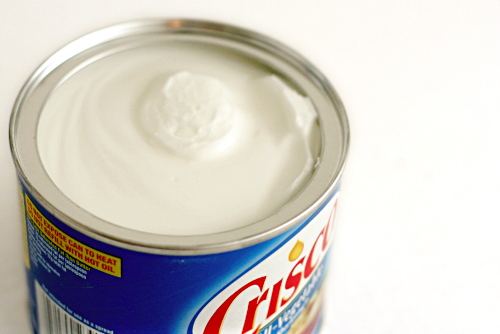

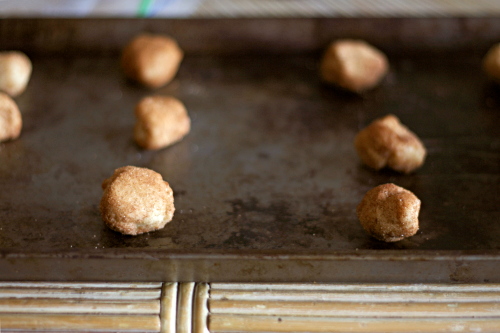


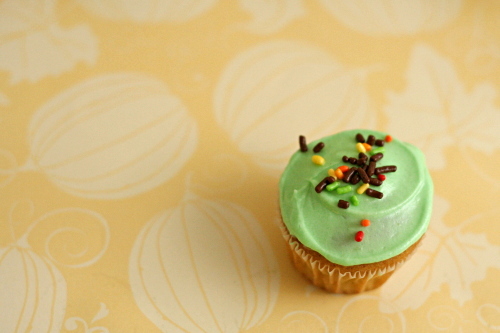
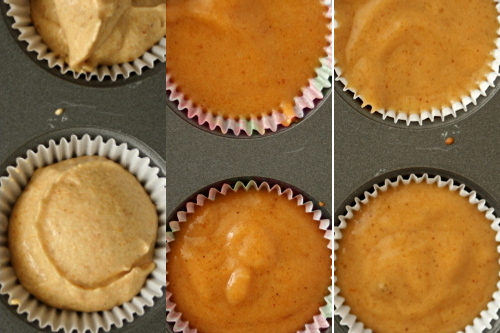

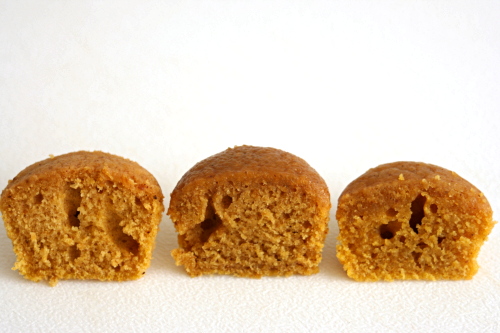
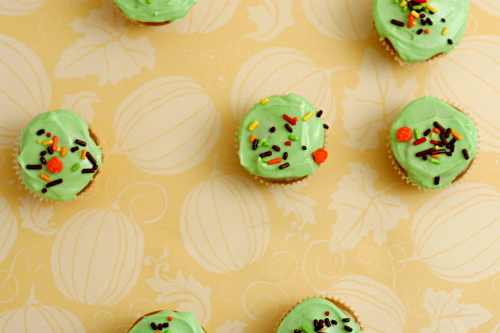
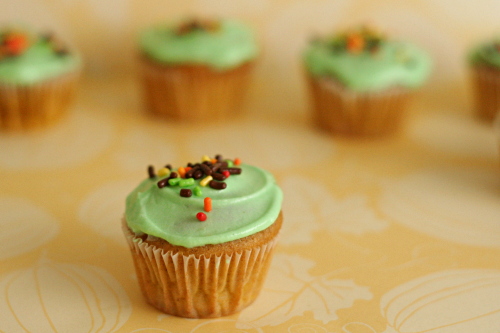
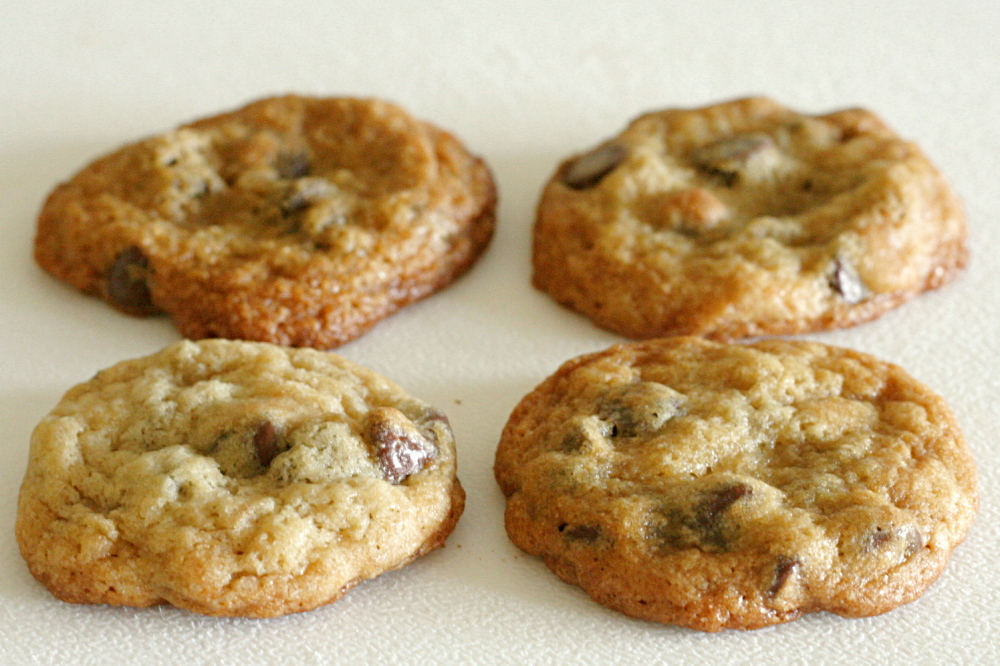
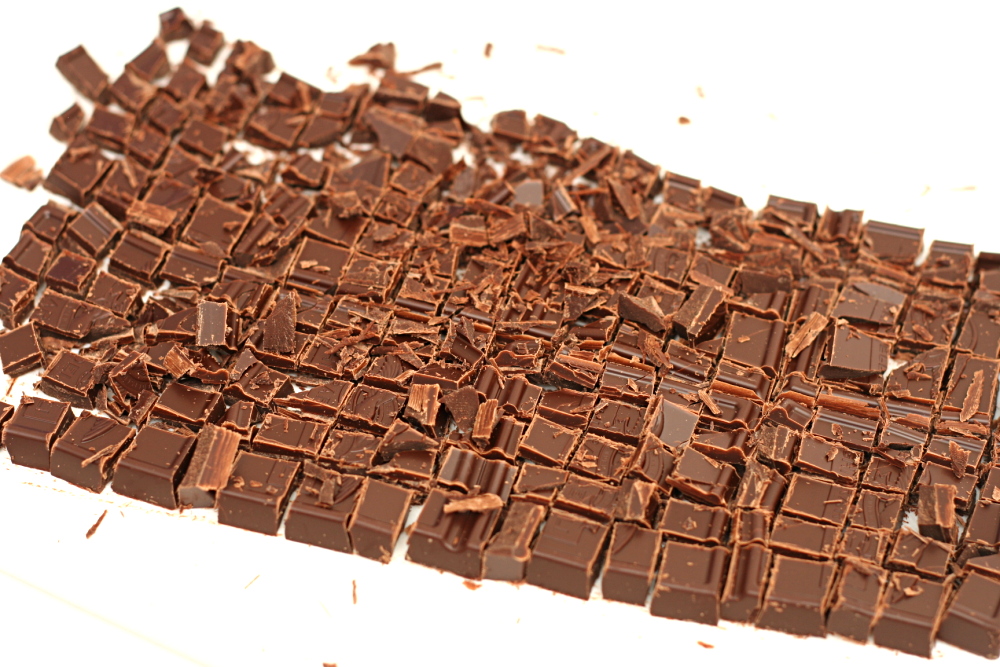
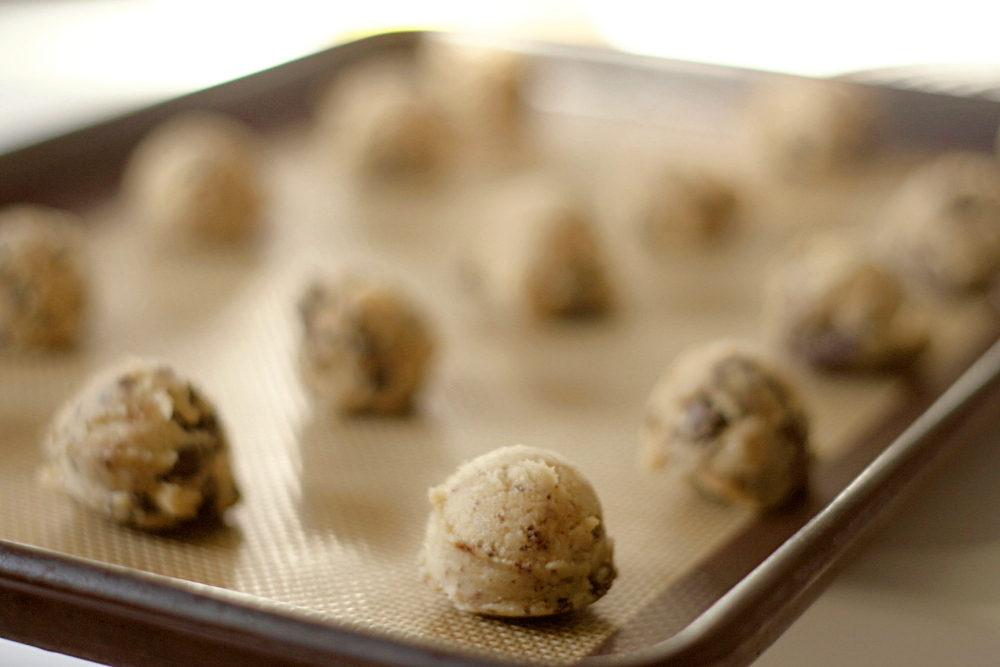
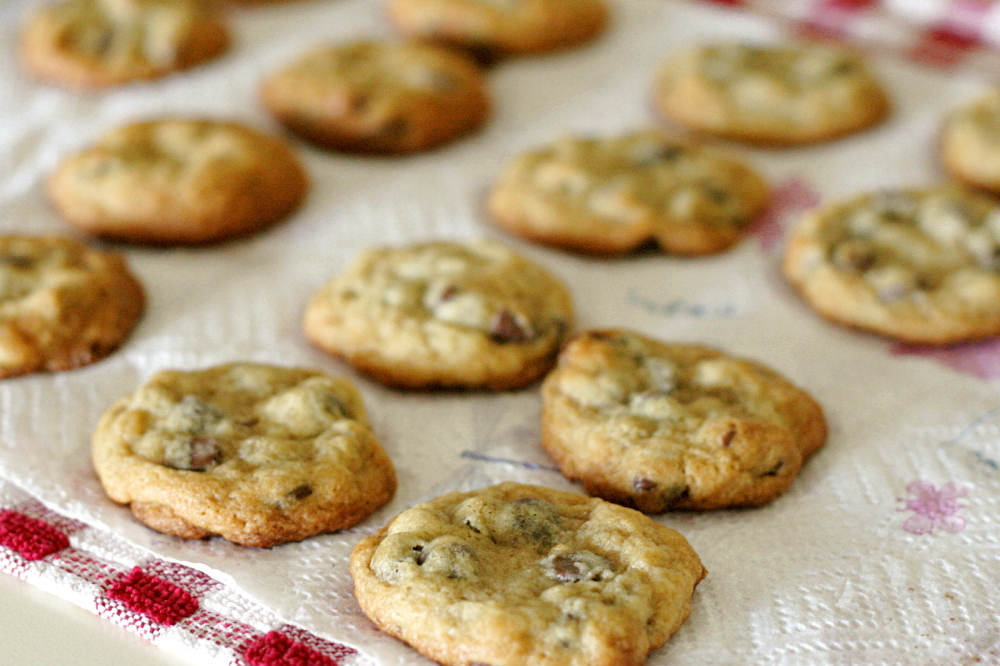
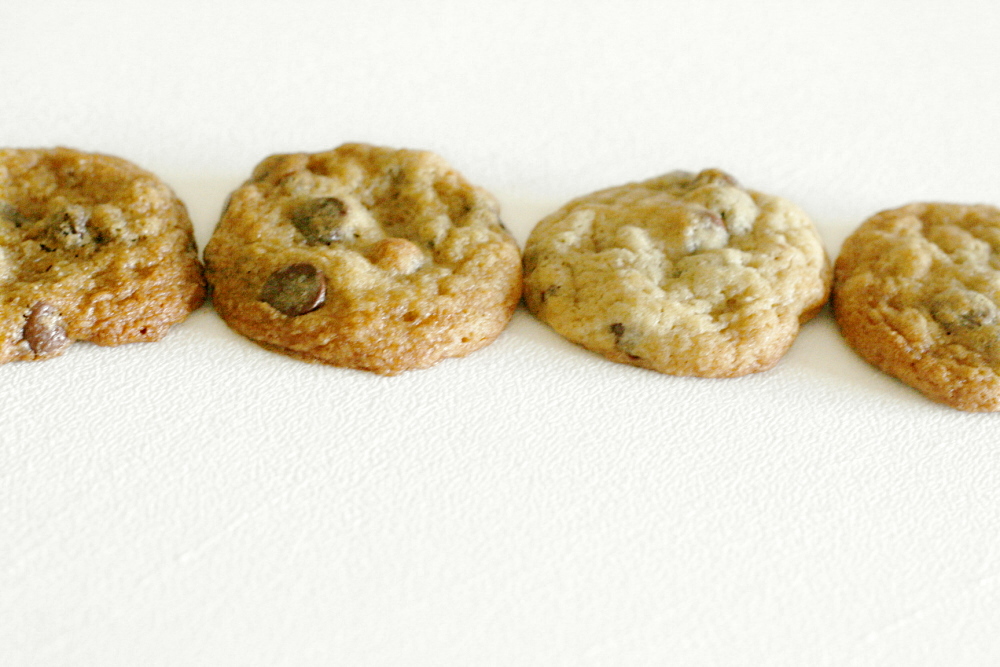
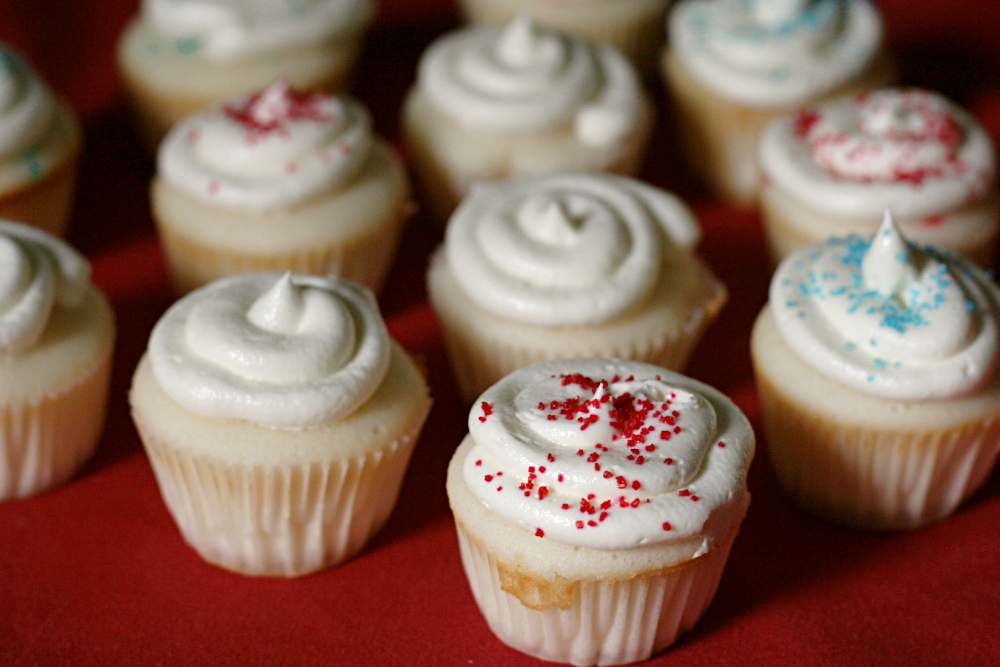
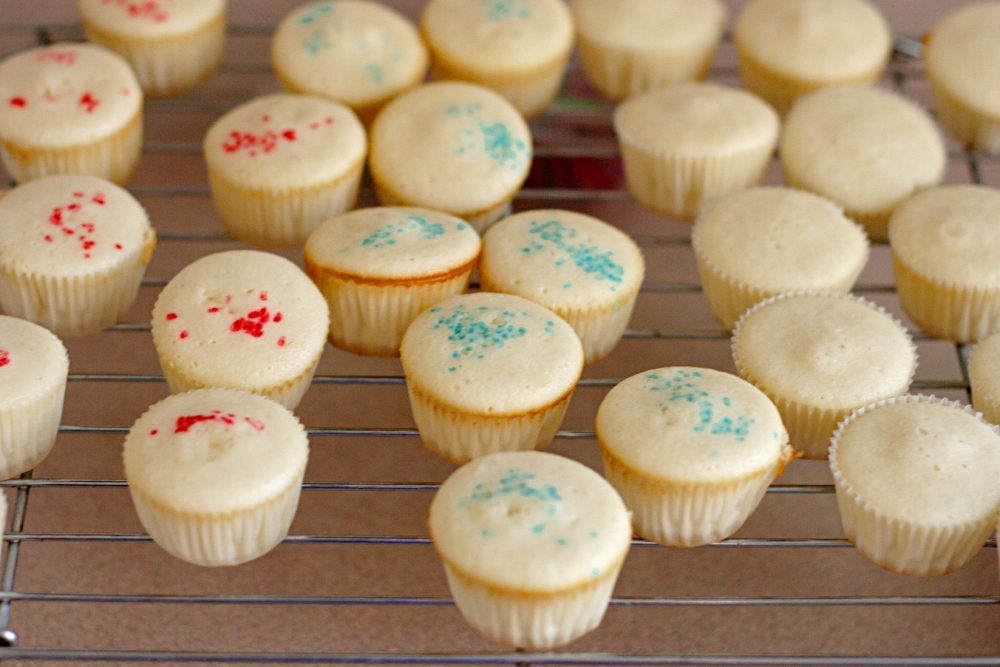
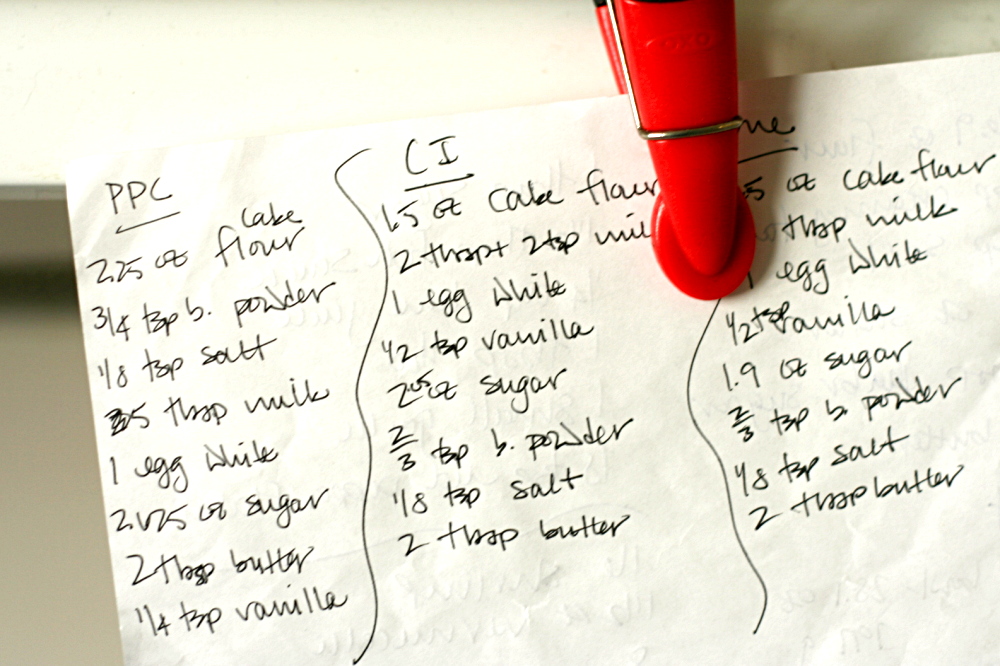
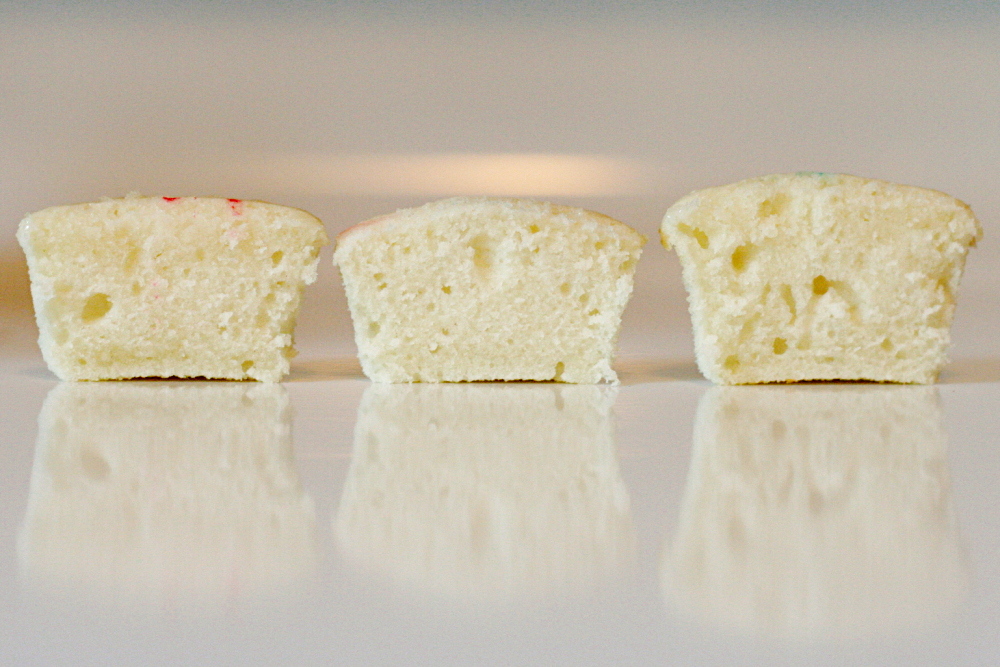 left – my recipe; middle – Dorie’s; right – CI’s
left – my recipe; middle – Dorie’s; right – CI’s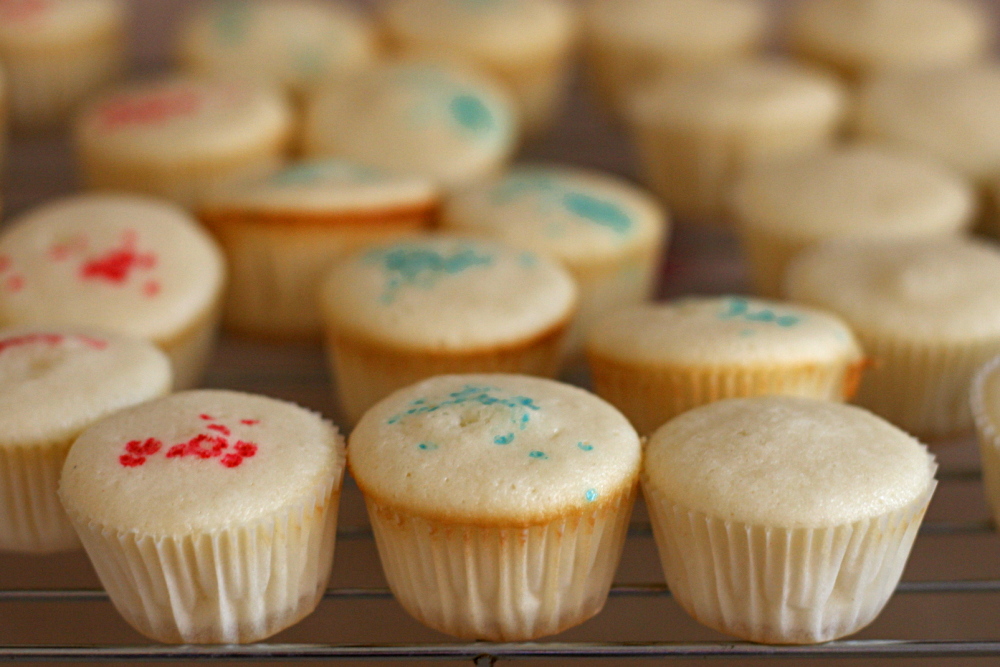
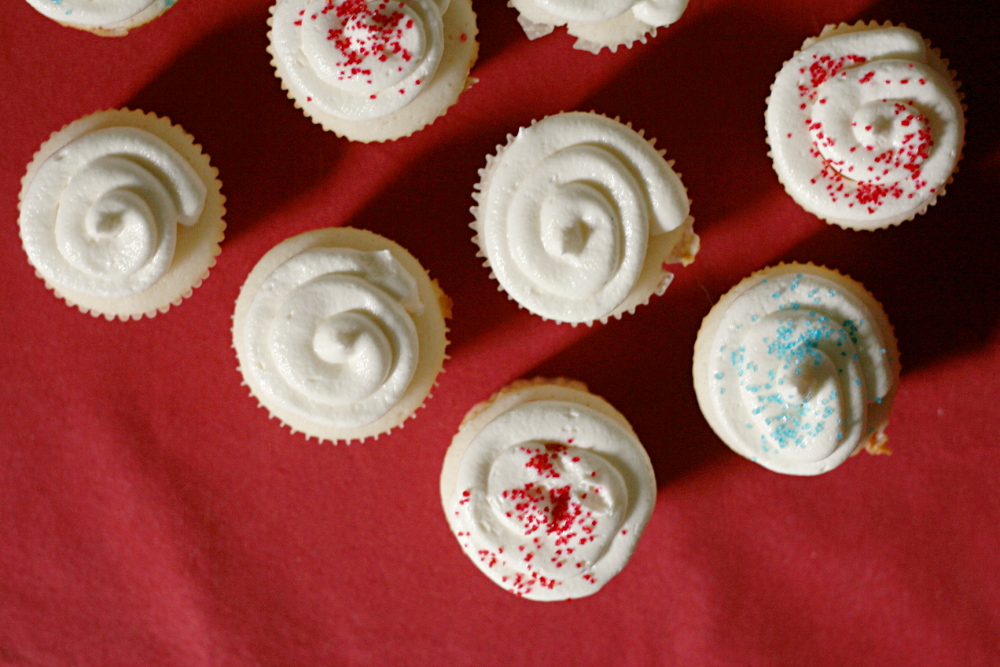
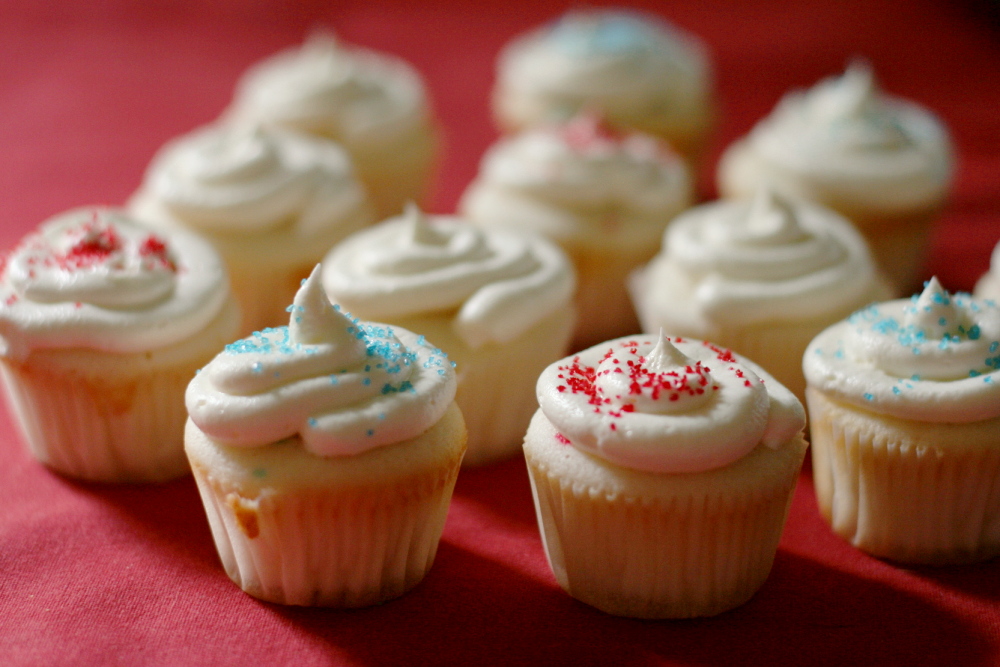
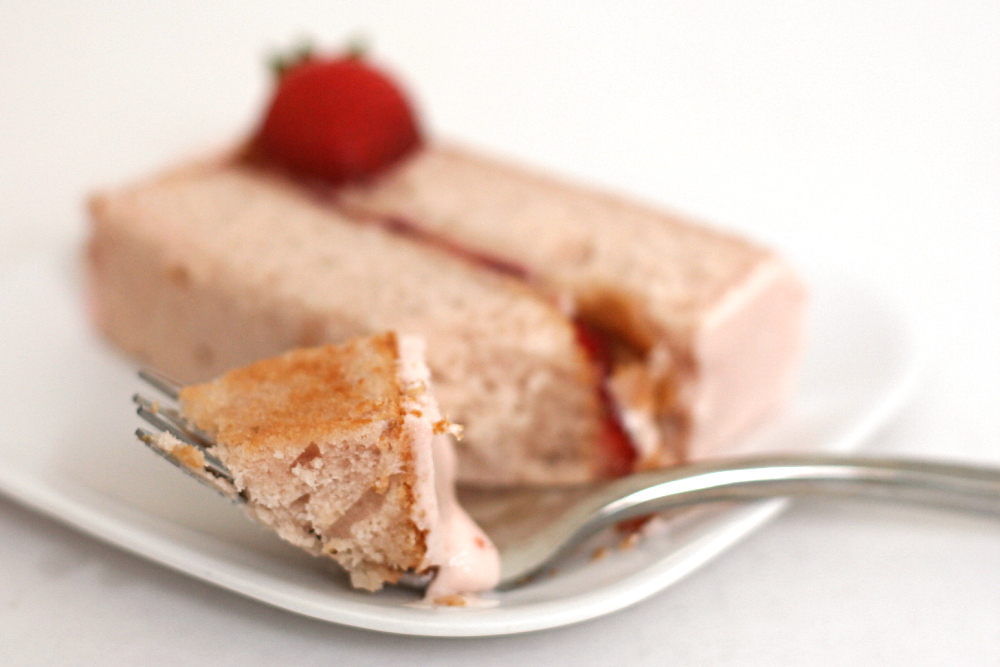
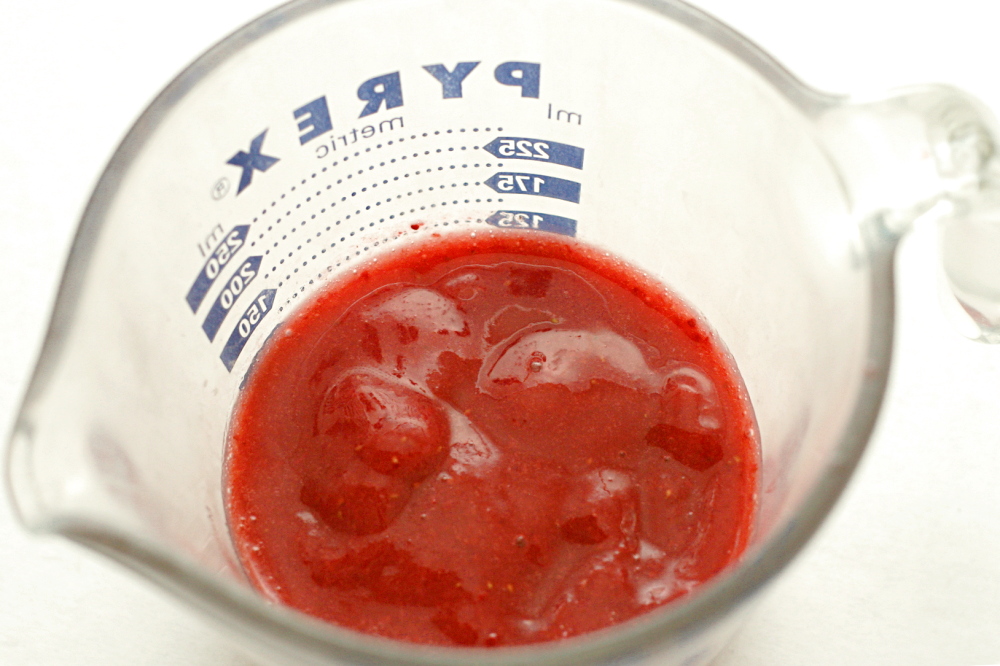
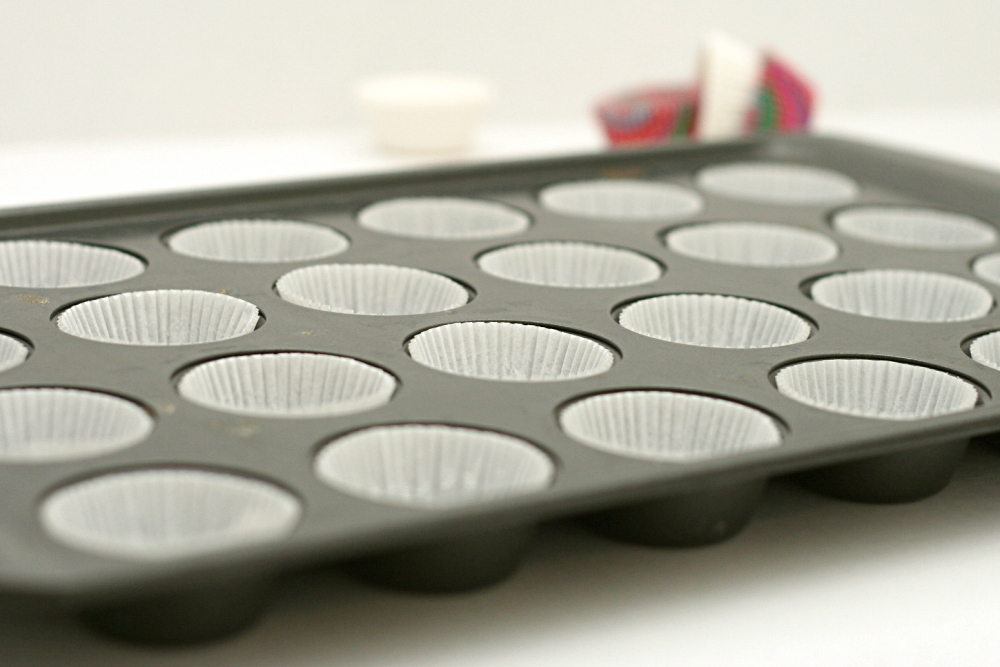
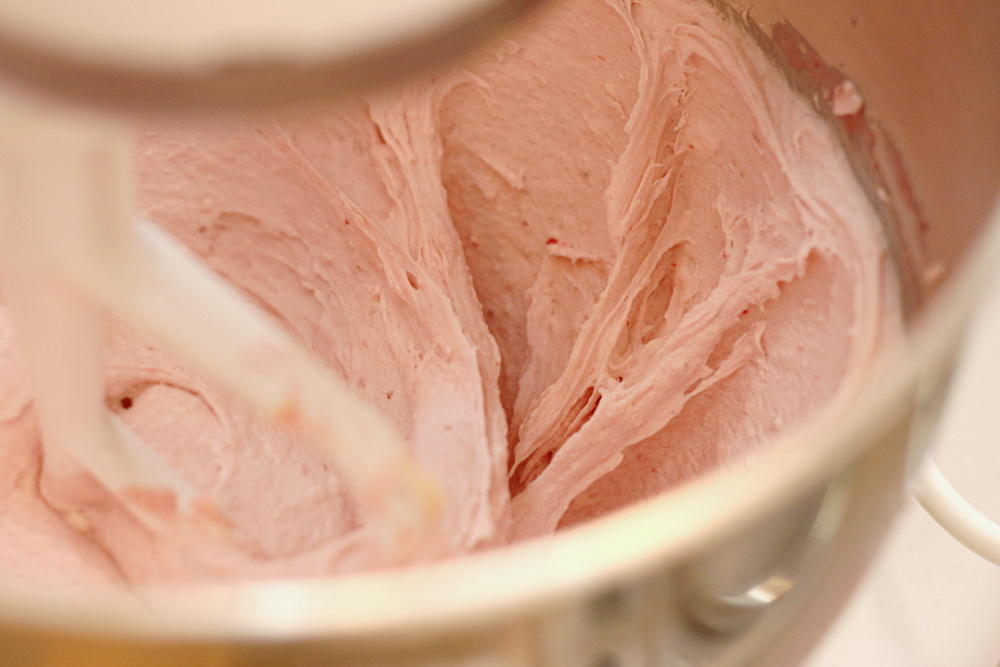
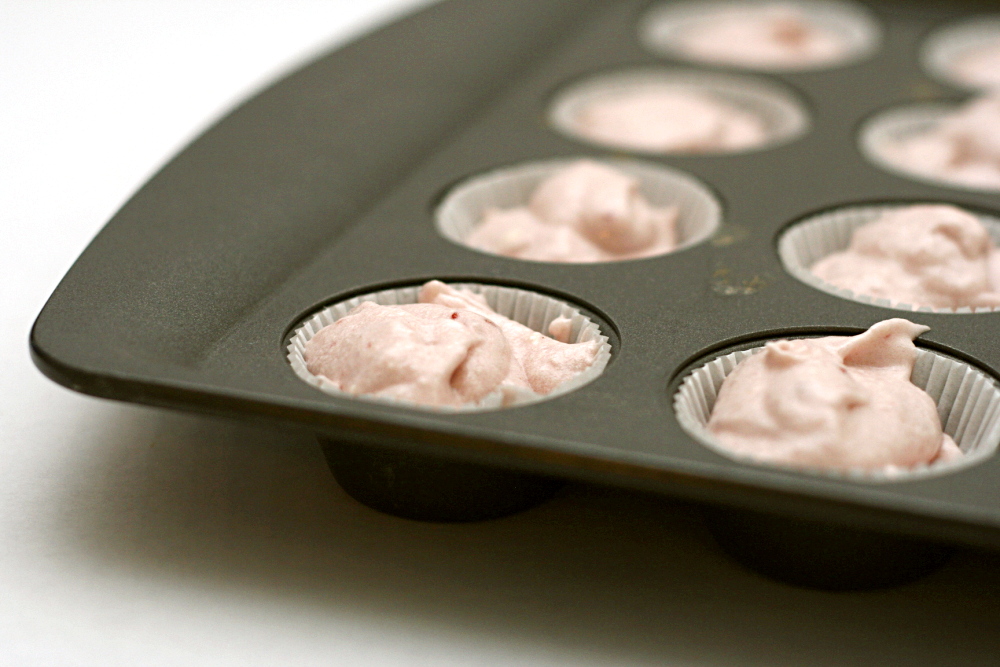
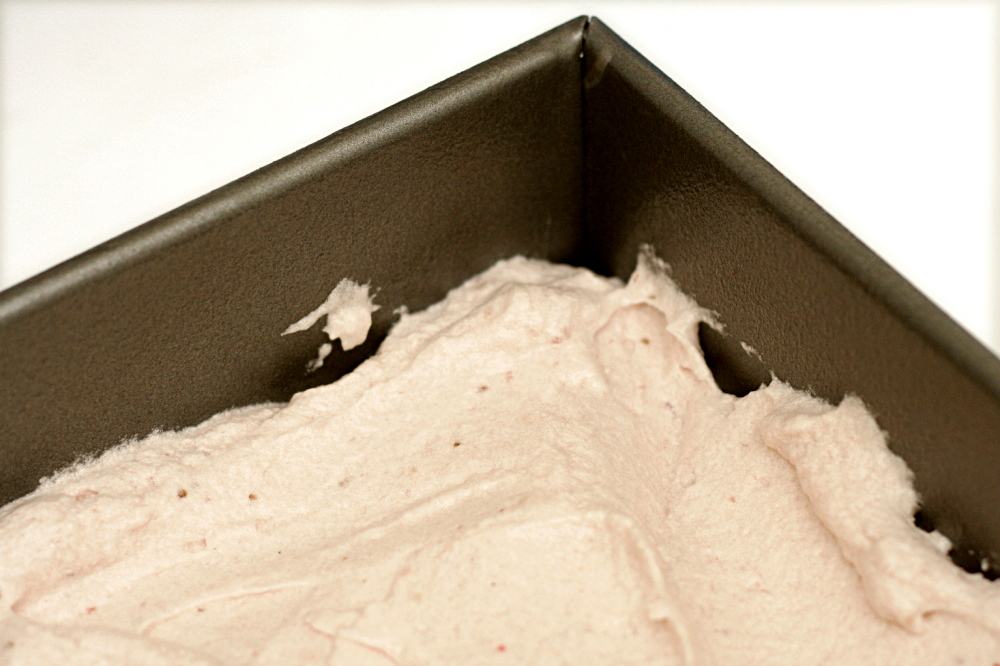
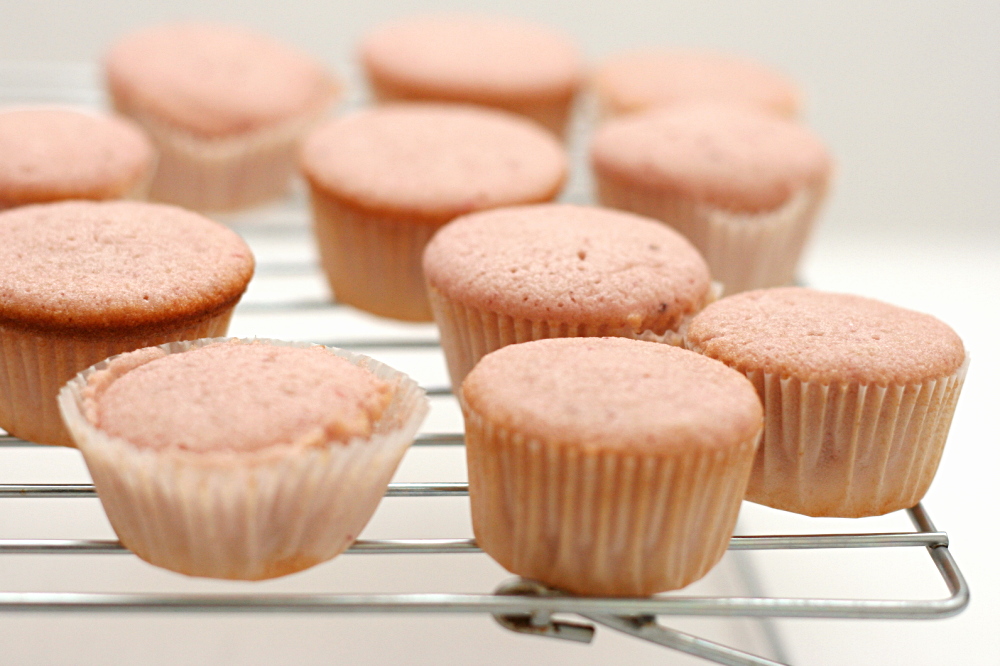
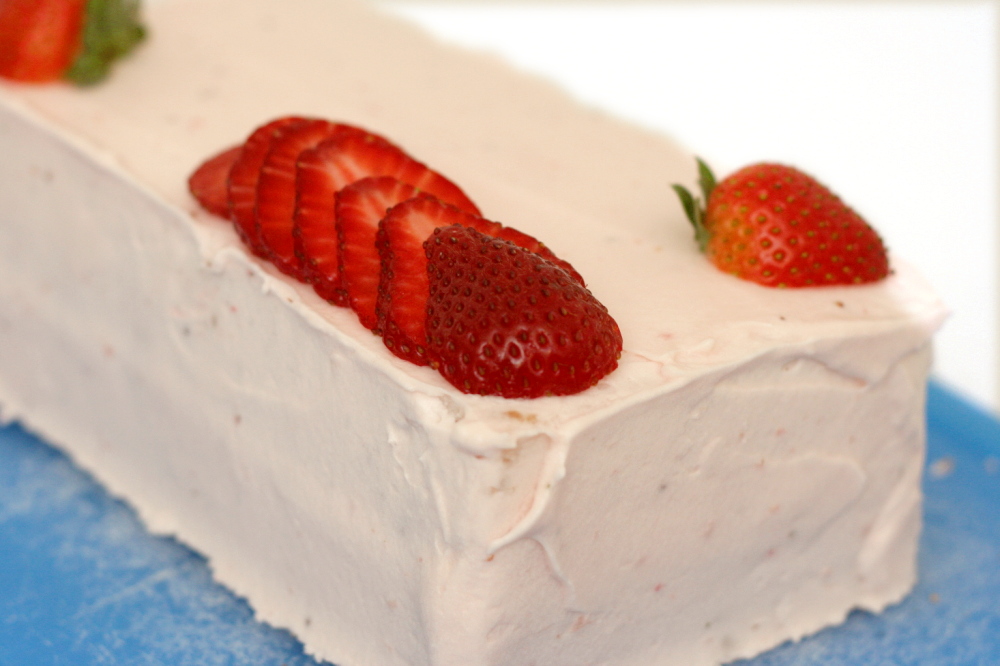
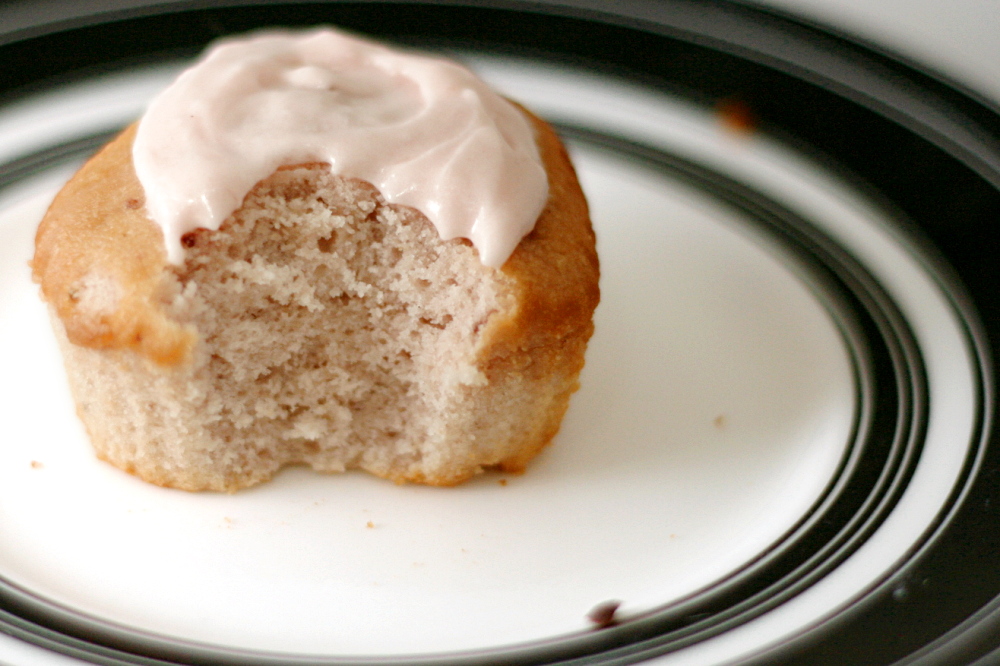
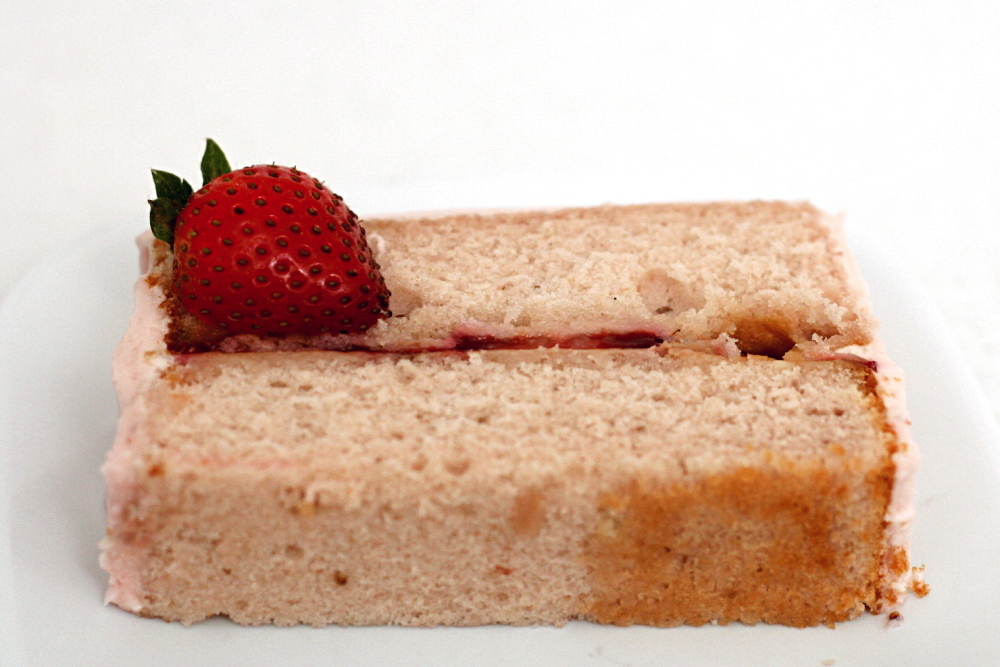
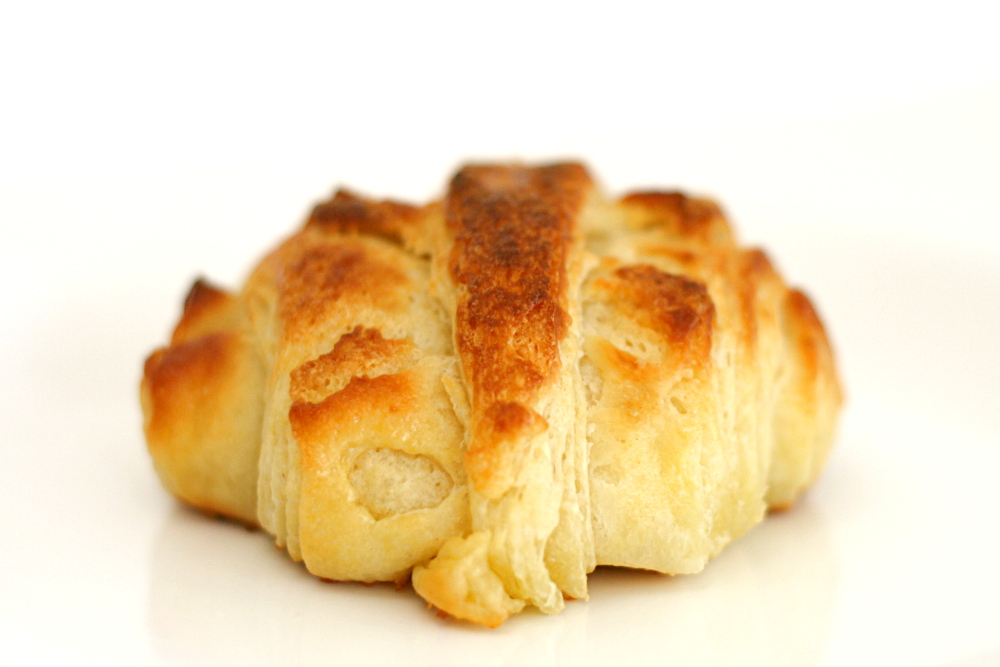
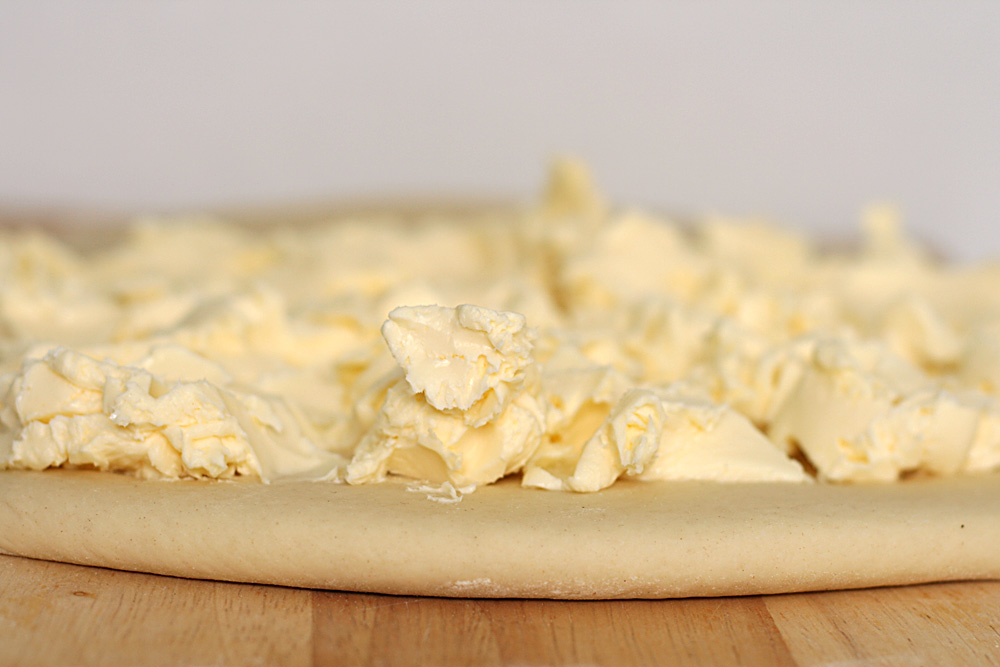
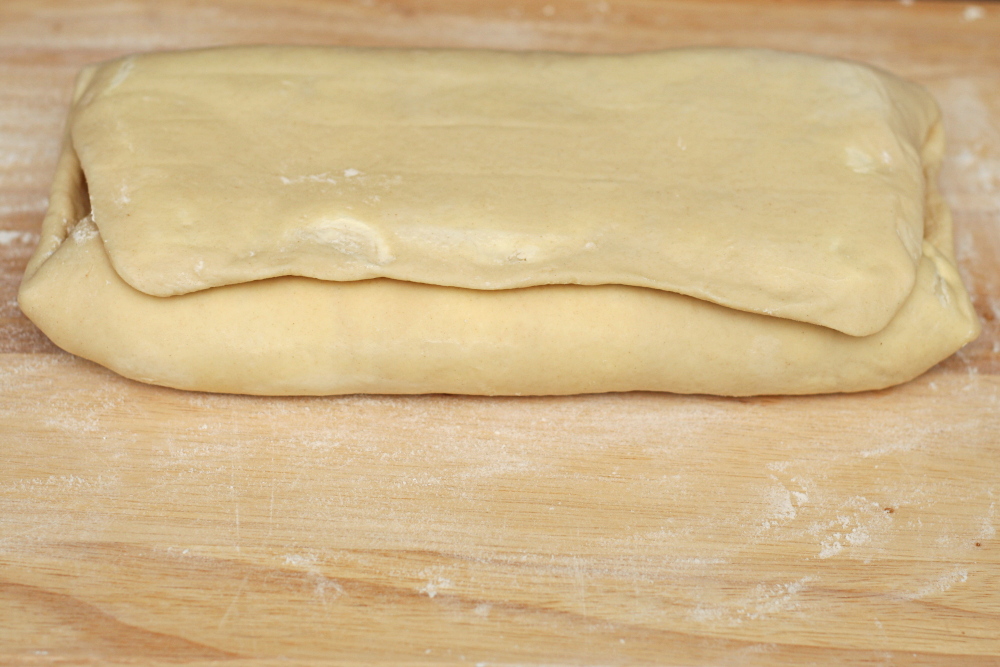
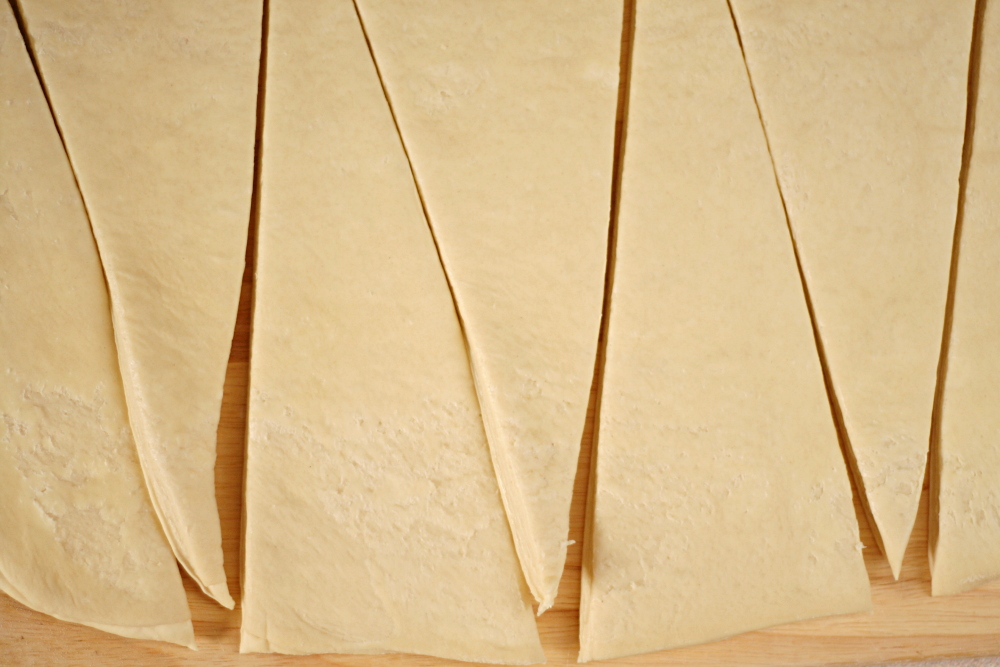
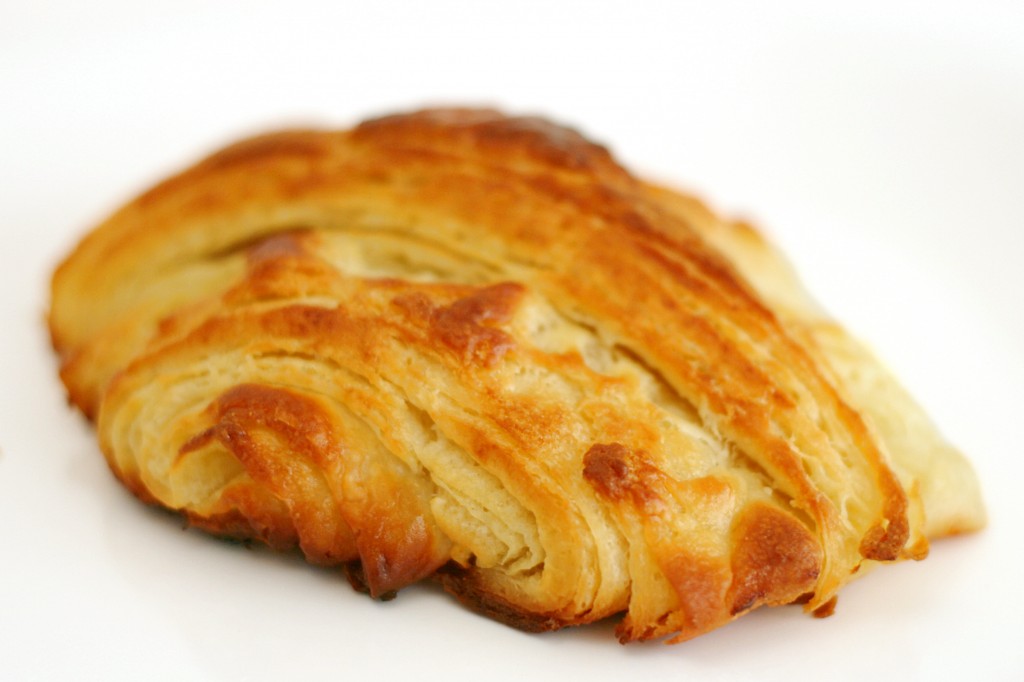
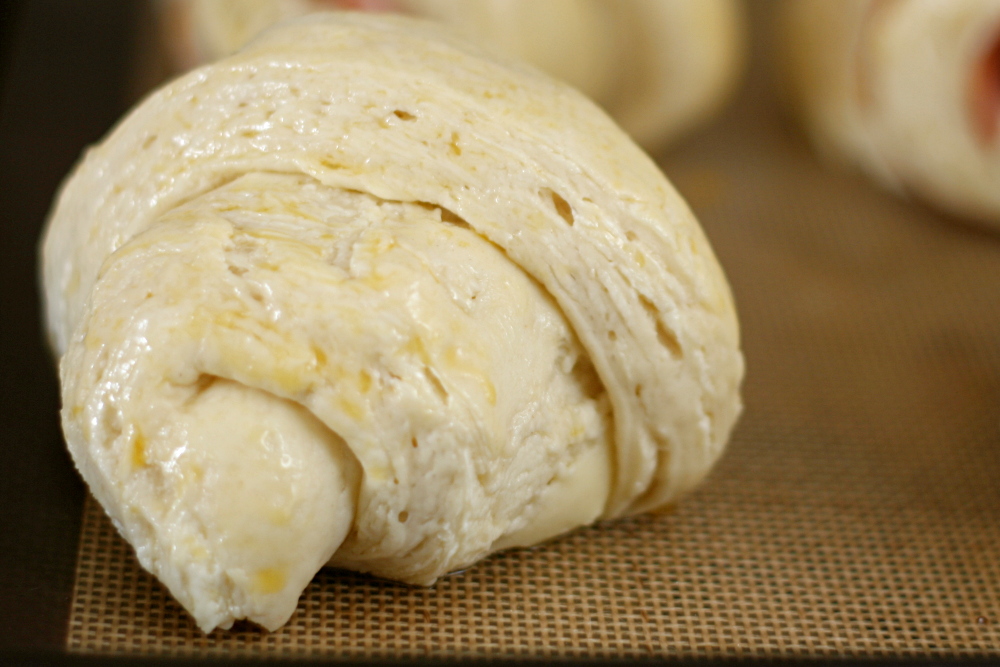
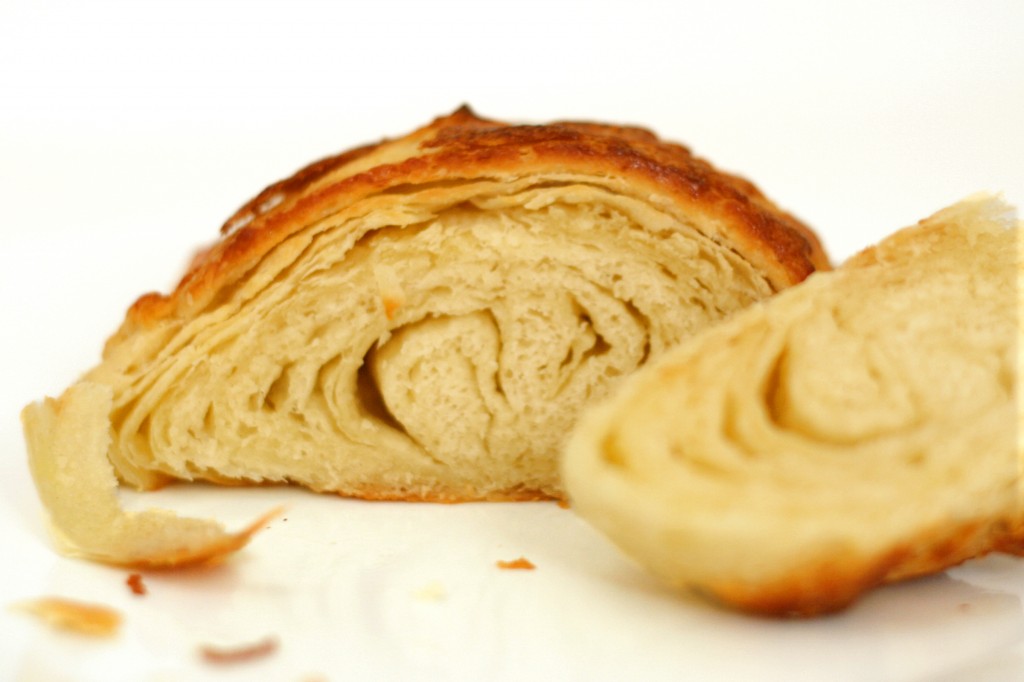
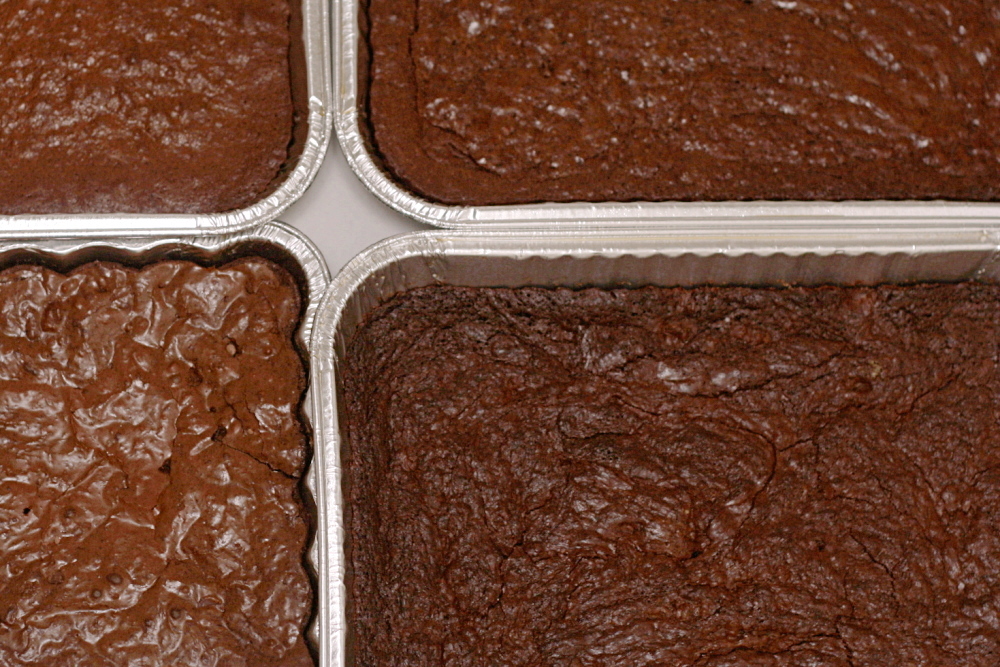
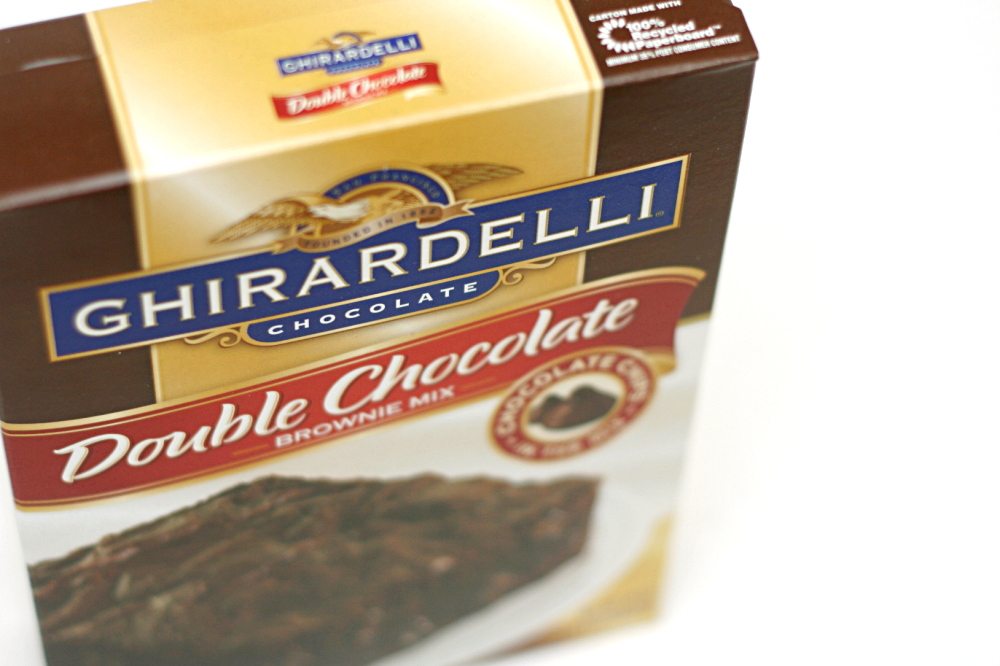
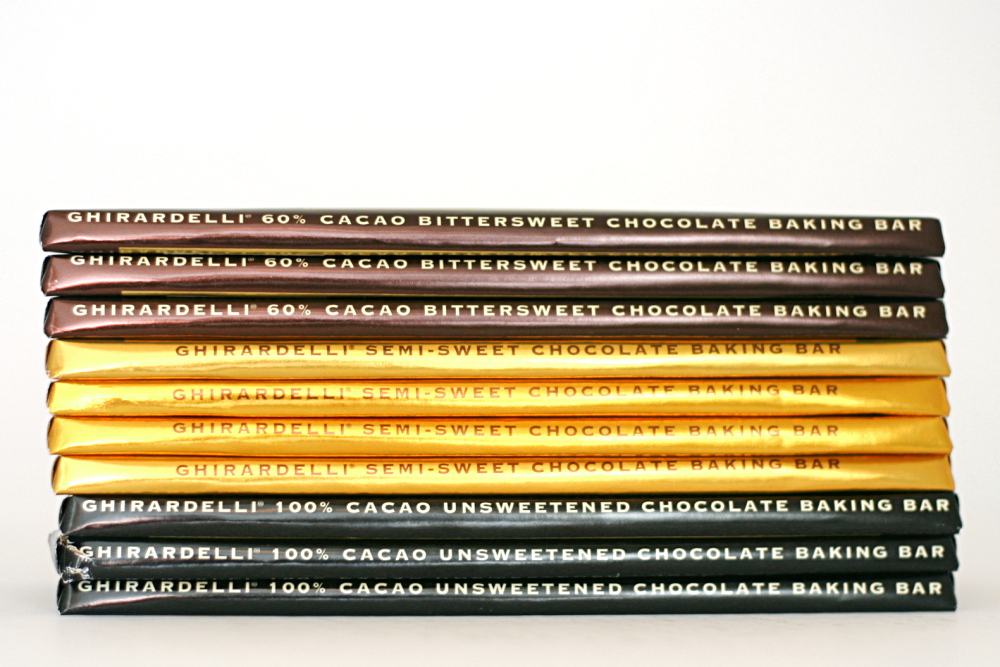
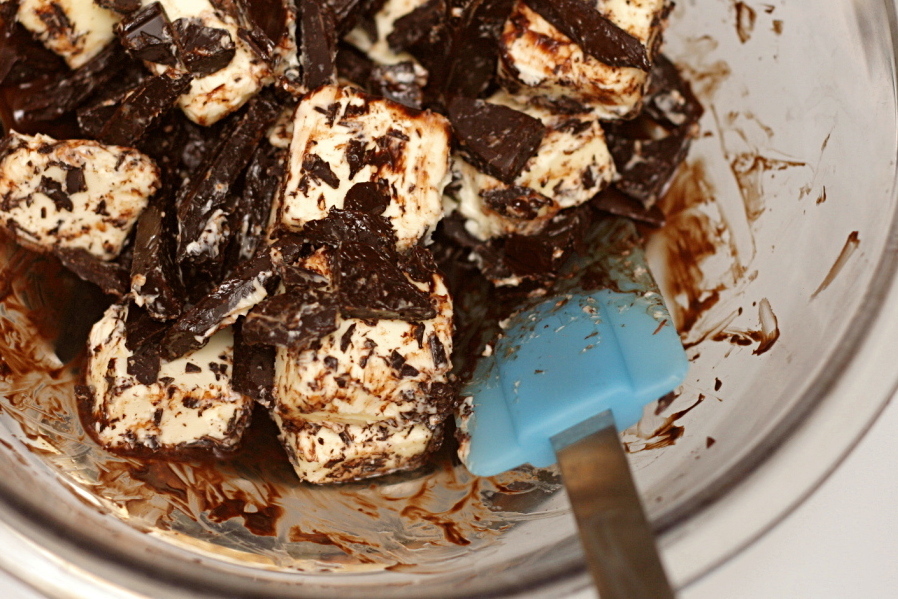
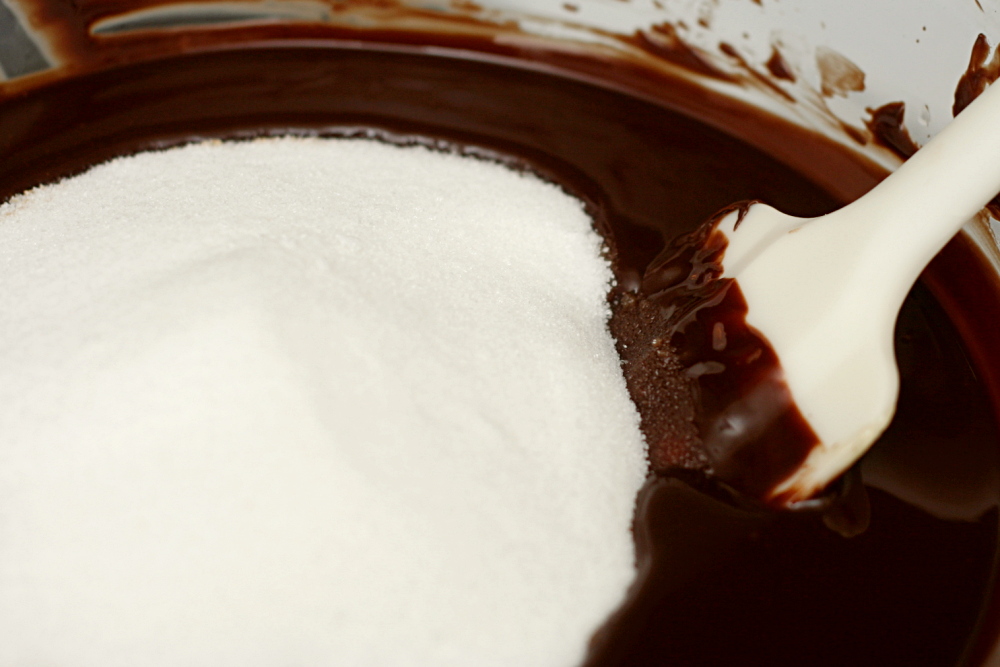
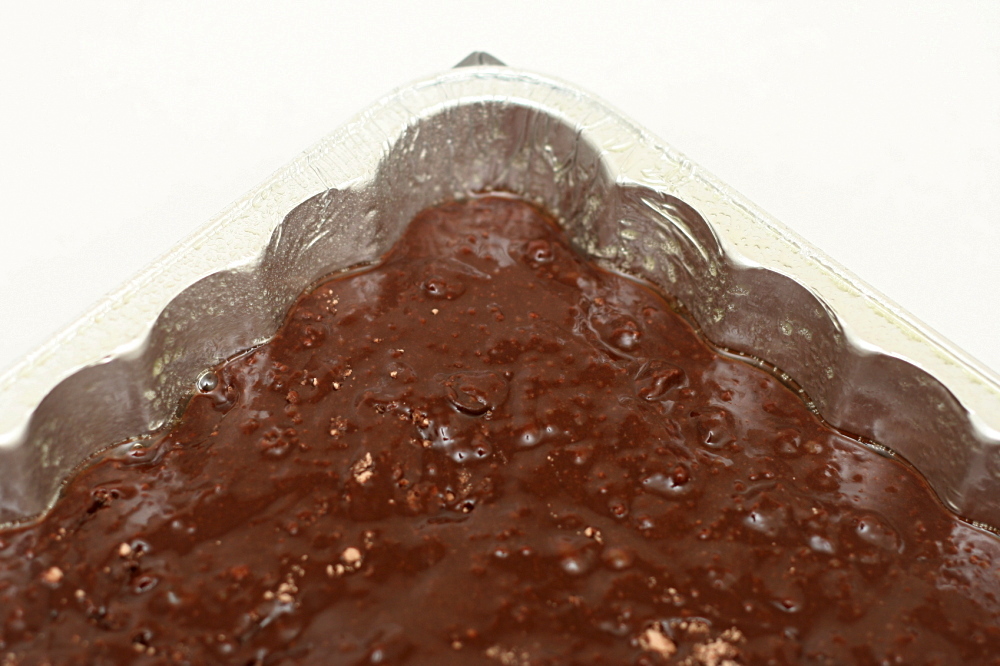
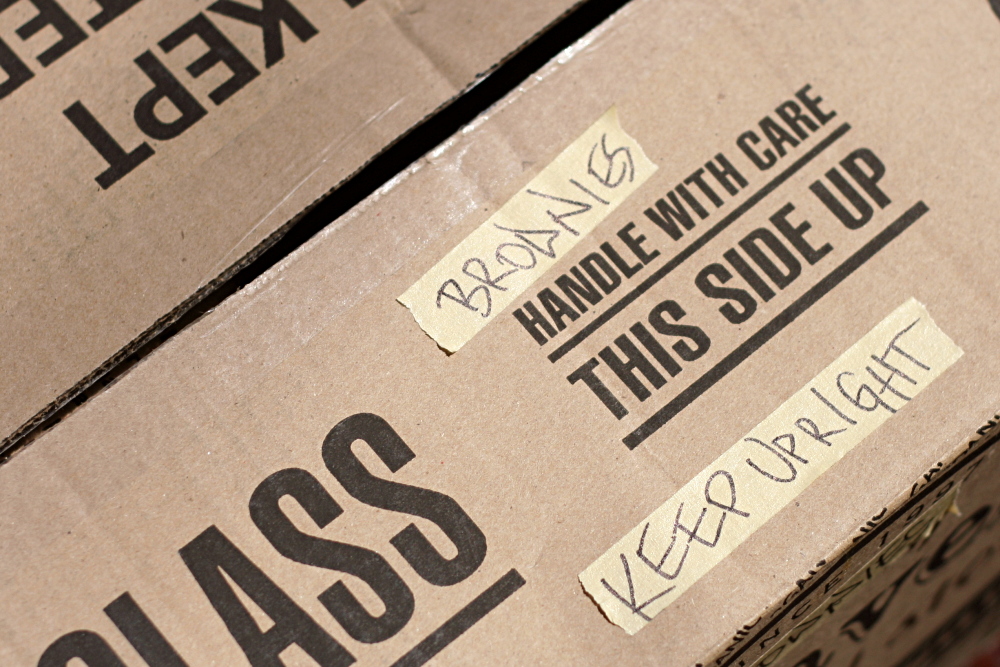
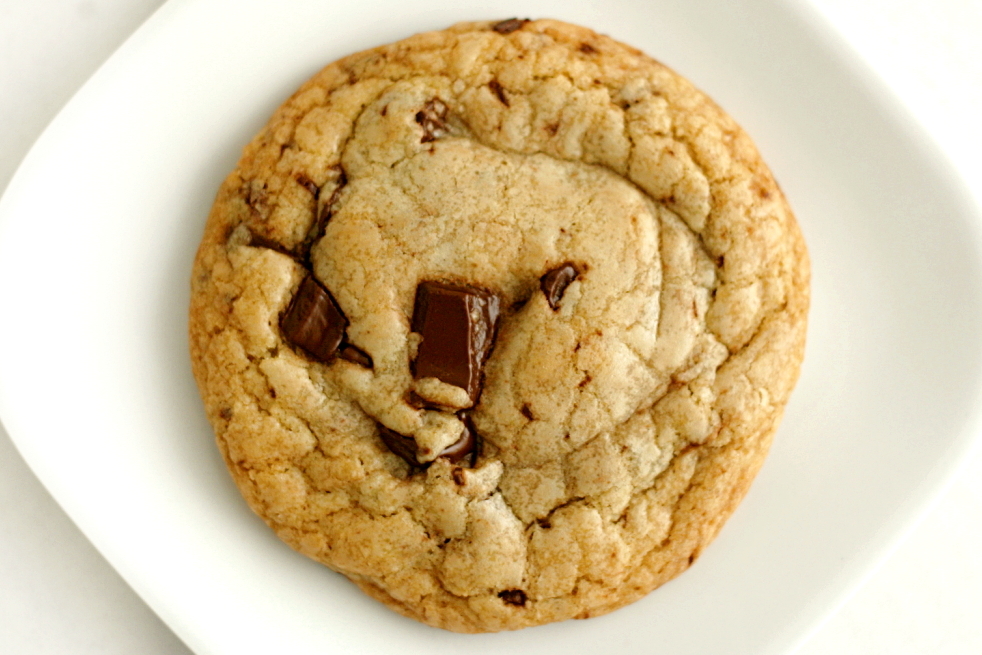
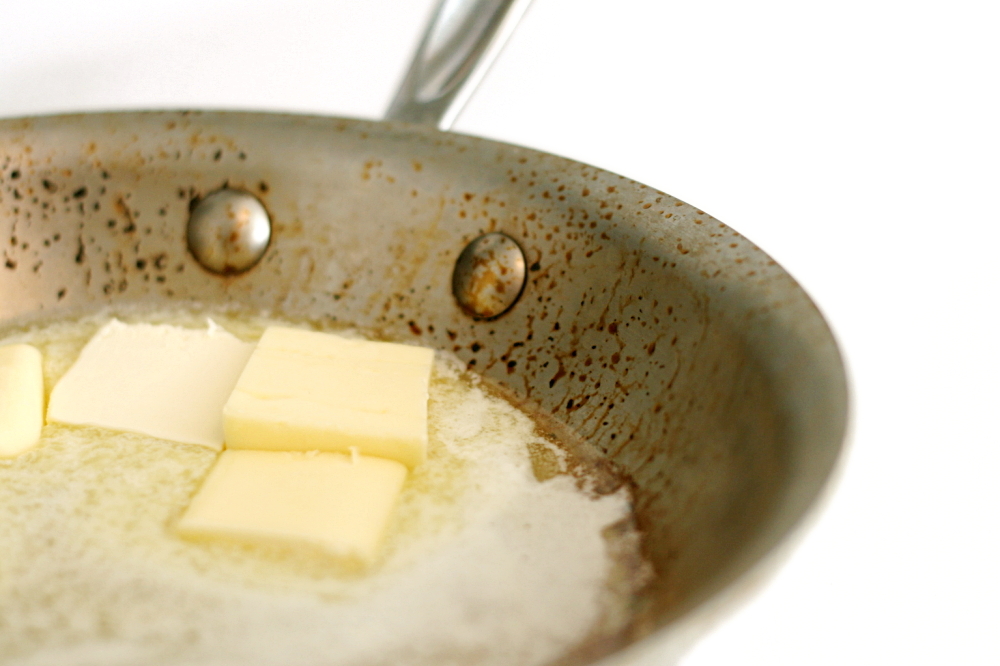
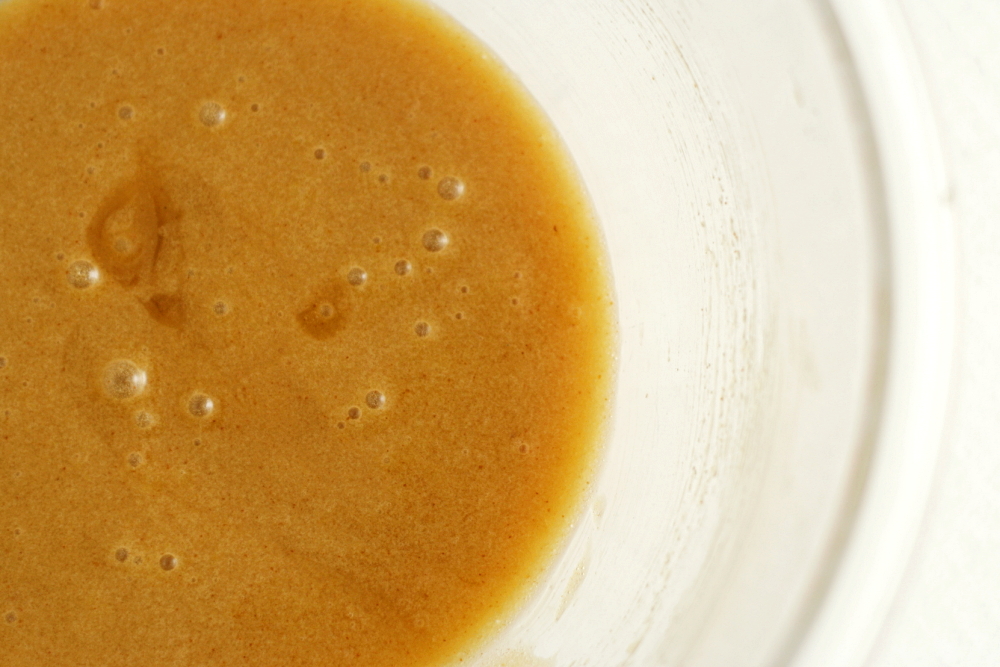
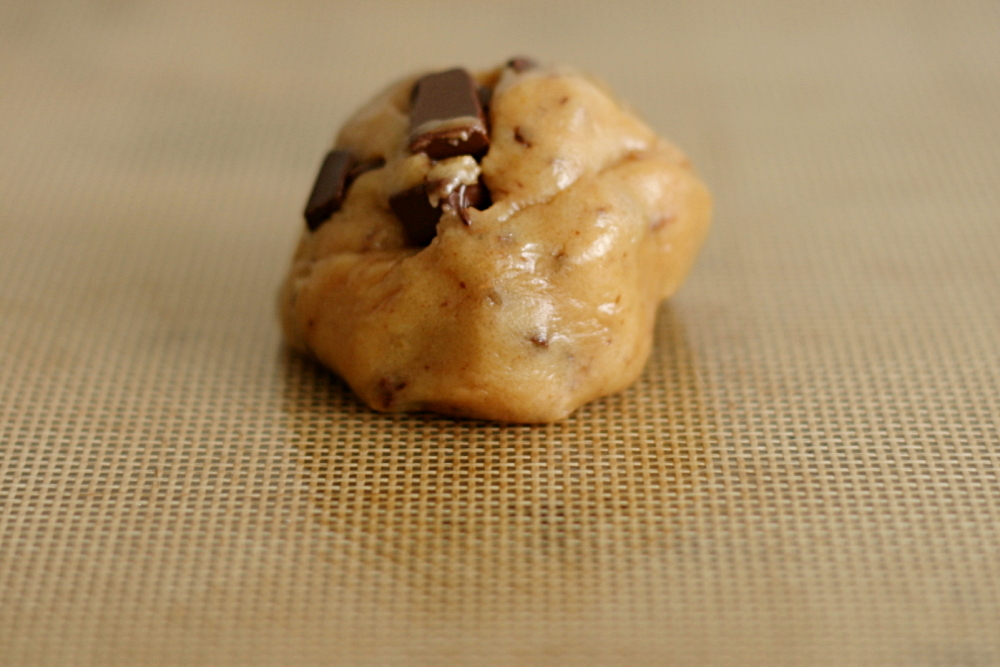
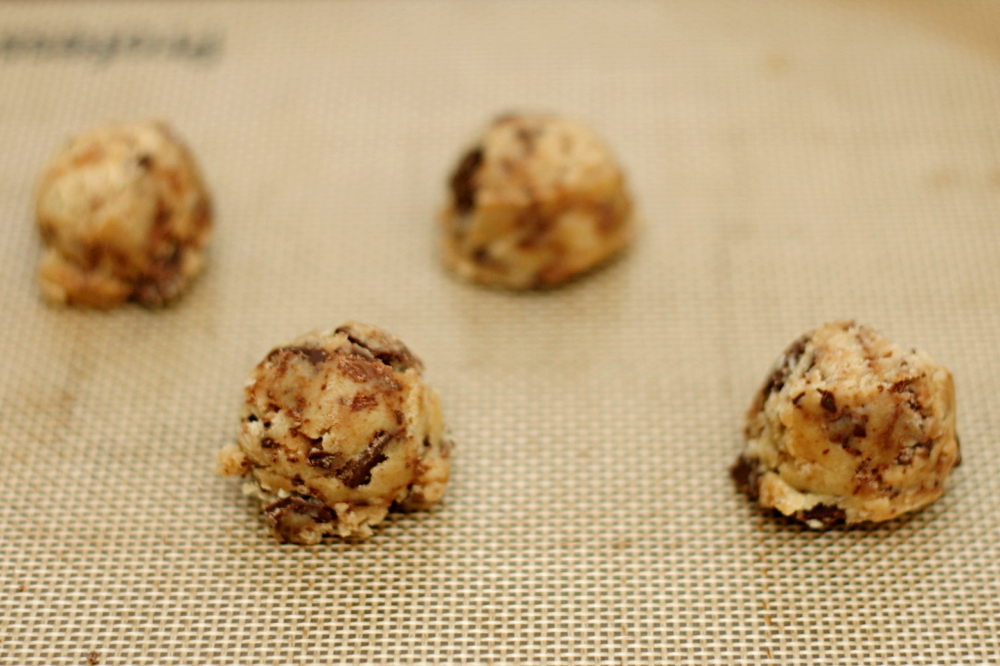
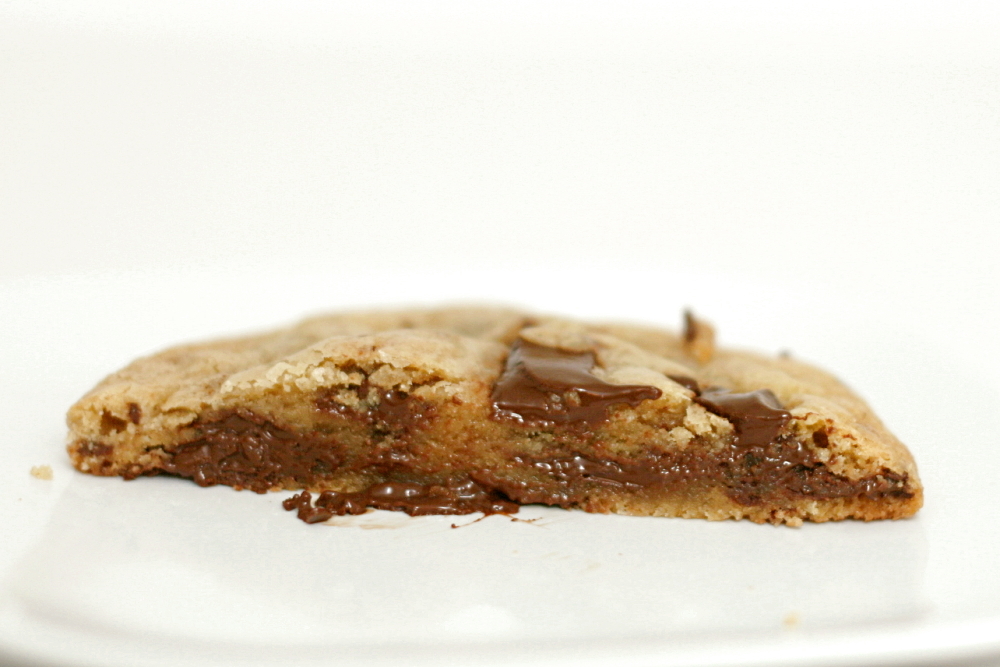
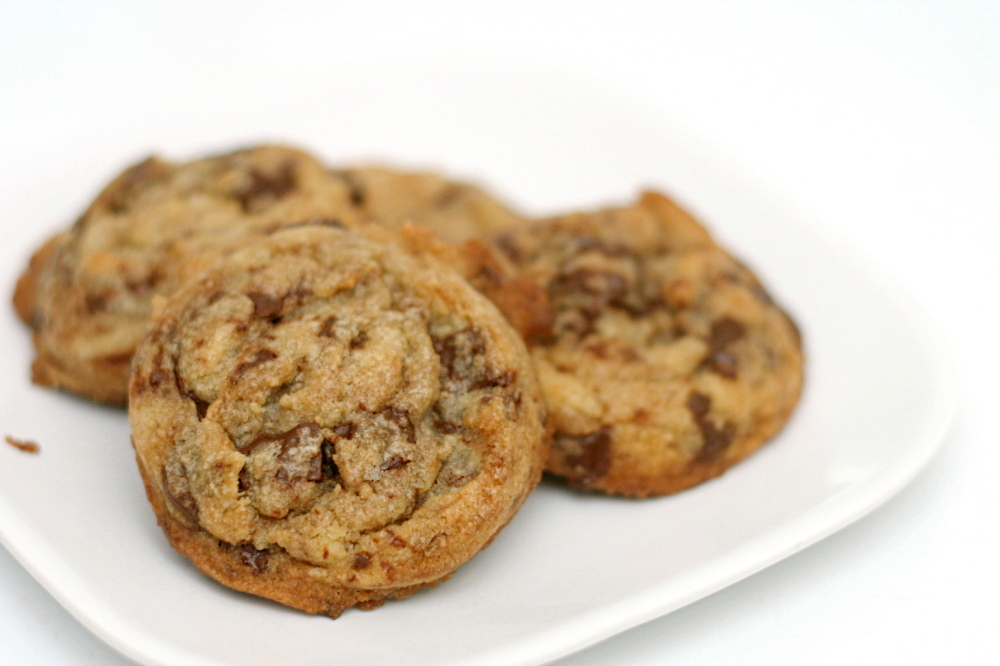

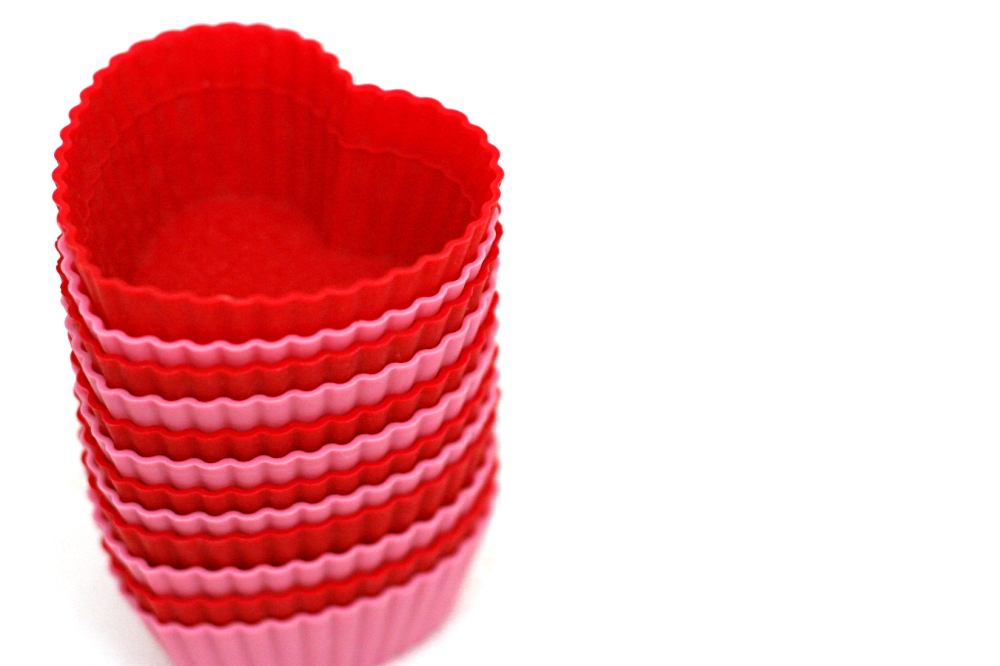


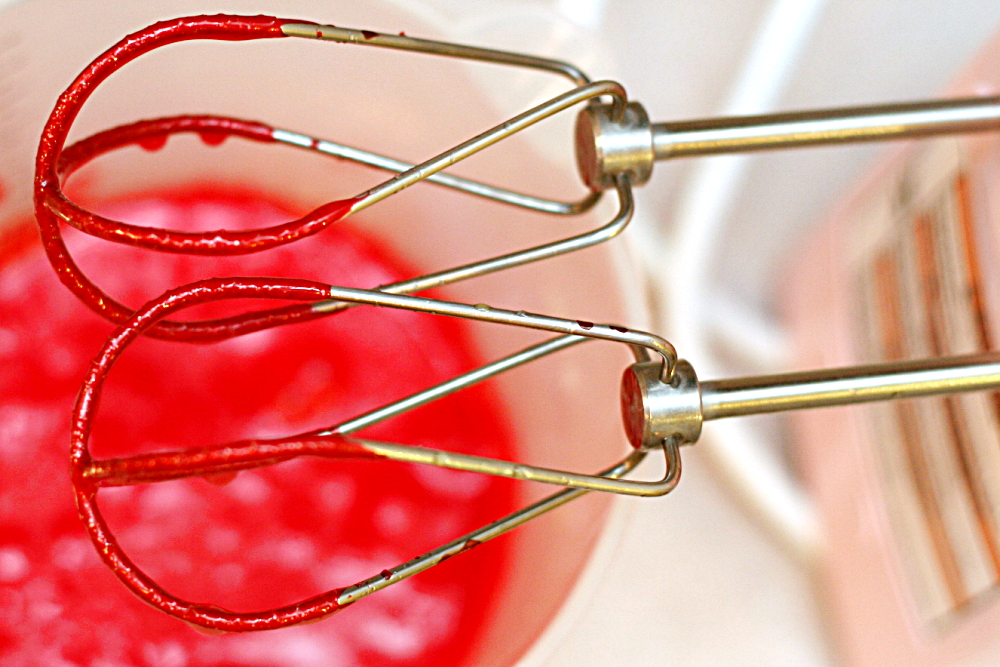

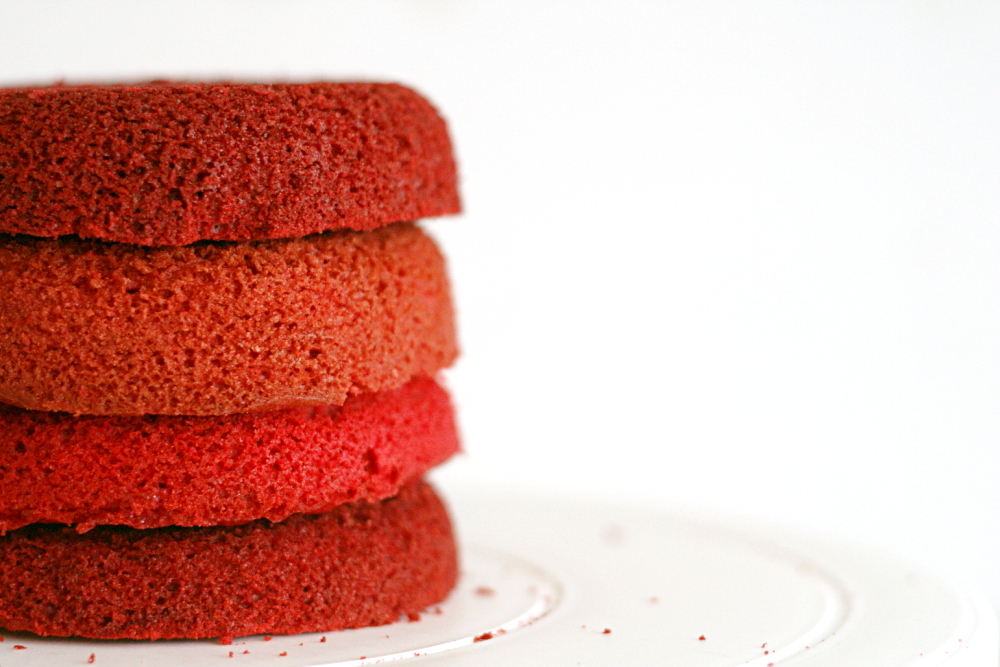
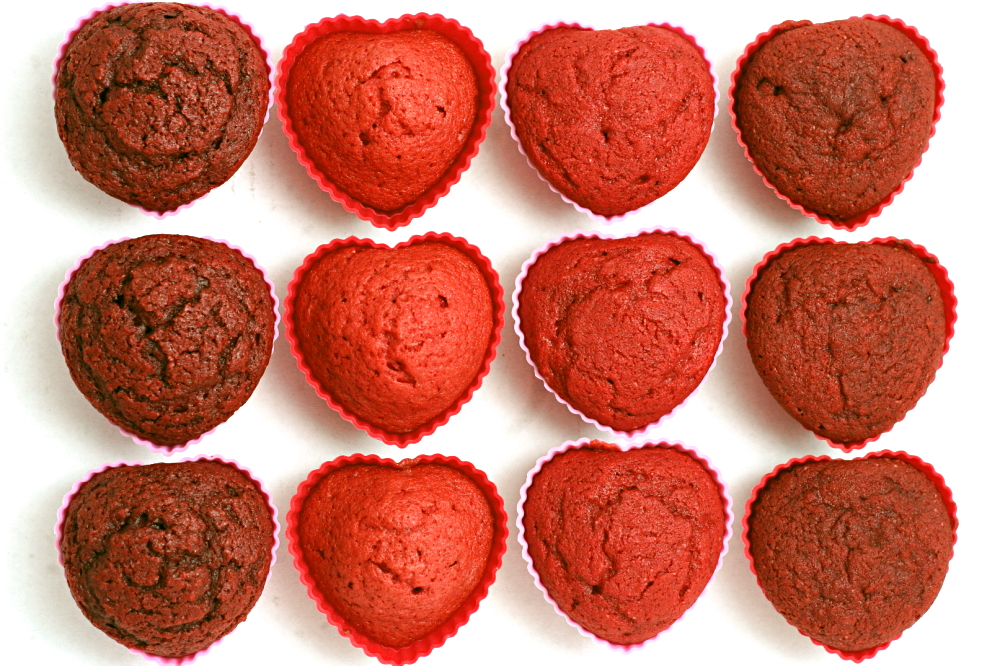 from left to right: SK, AD, G, CC
from left to right: SK, AD, G, CC from left to right: SK, AD, G, CC
from left to right: SK, AD, G, CC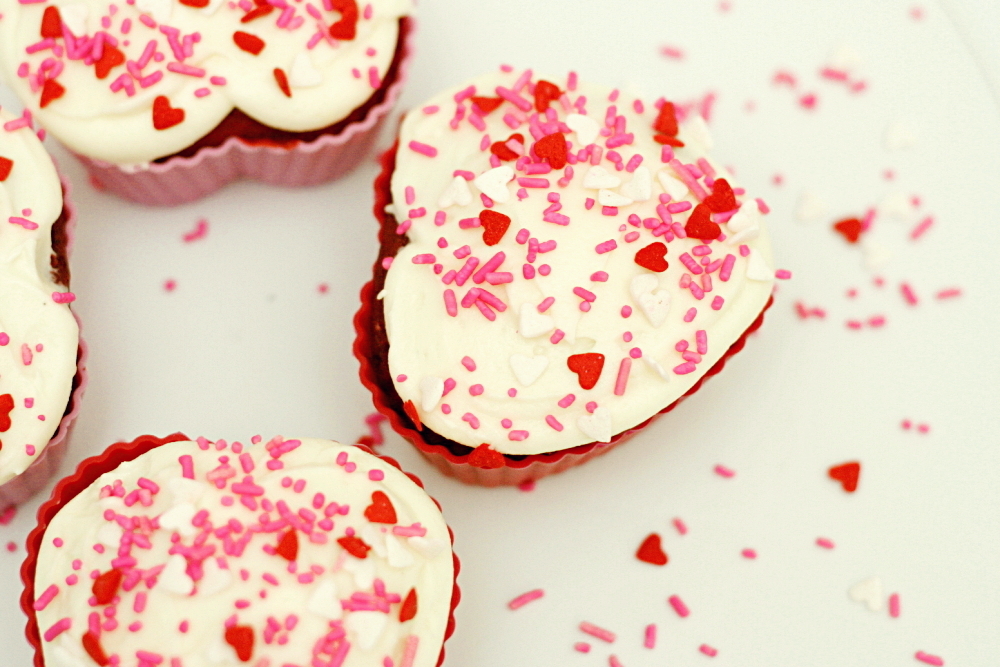

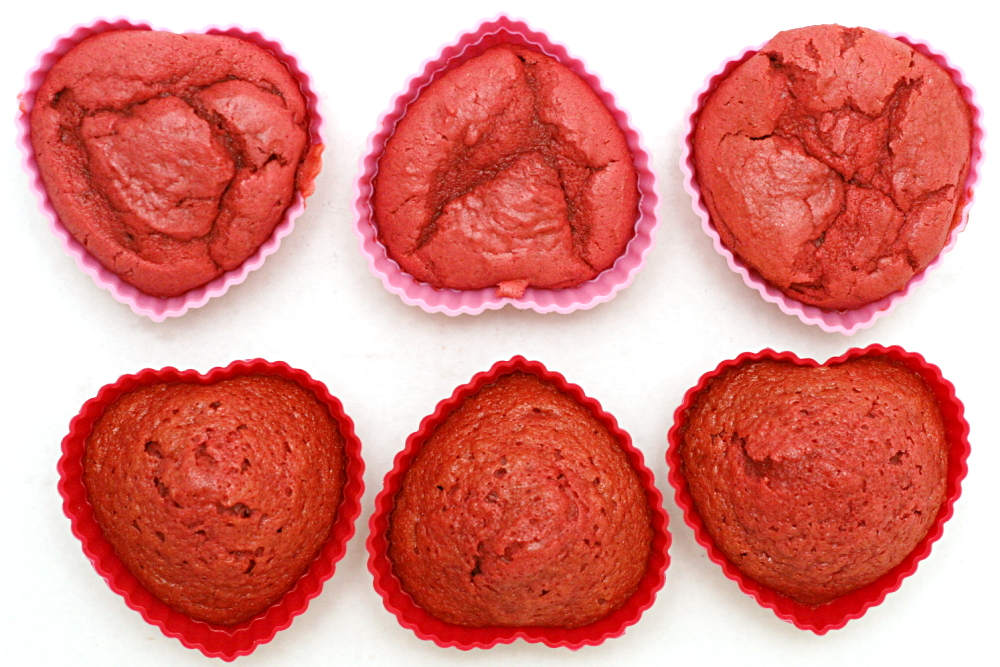 top – Pastry Queen; bottom – Apple a Day
top – Pastry Queen; bottom – Apple a Day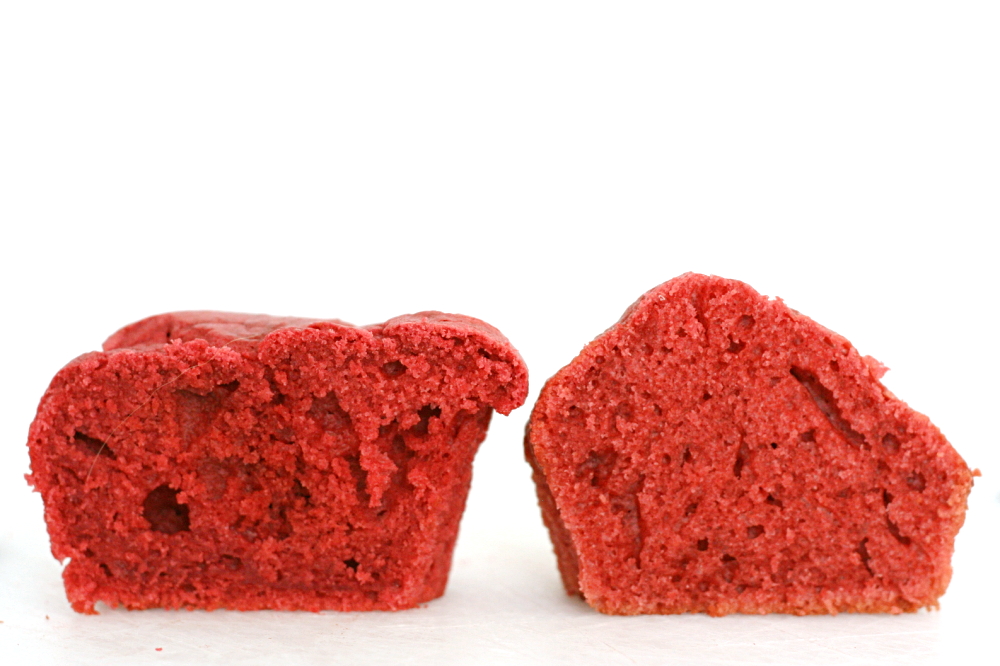 left – Pastry Queen; right – Apple a Day
left – Pastry Queen; right – Apple a Day